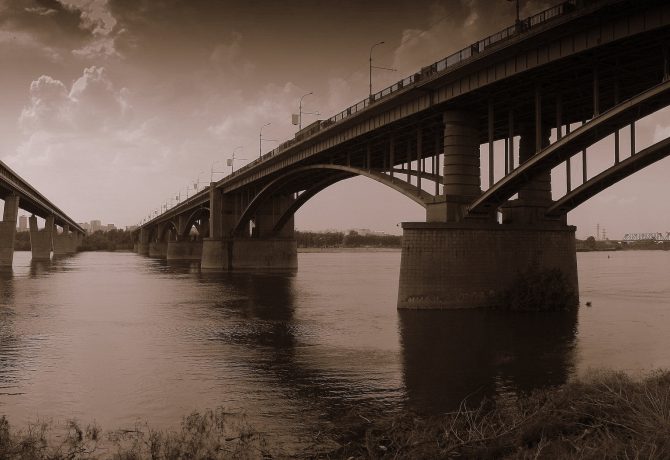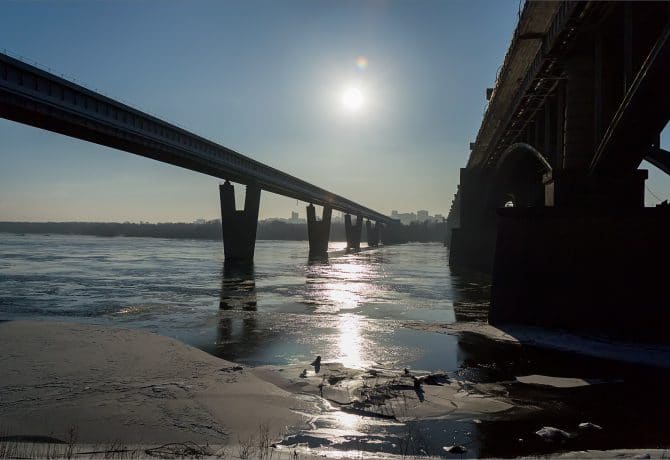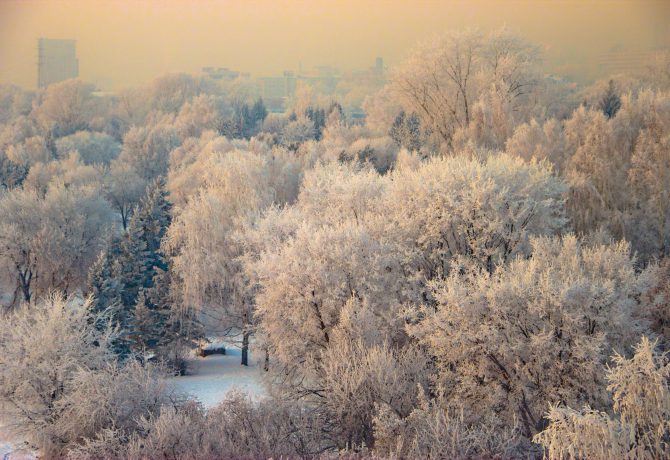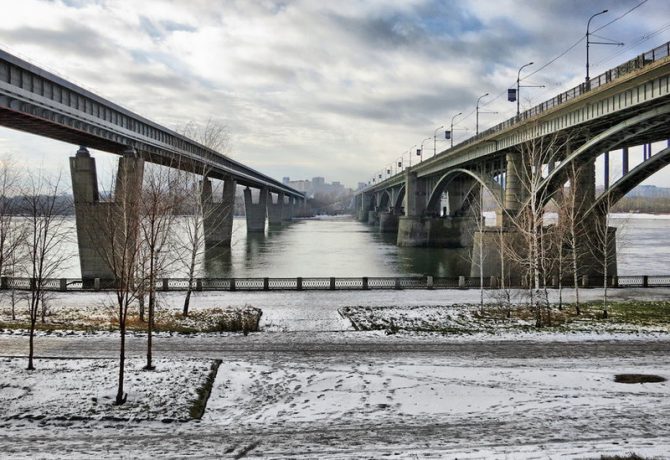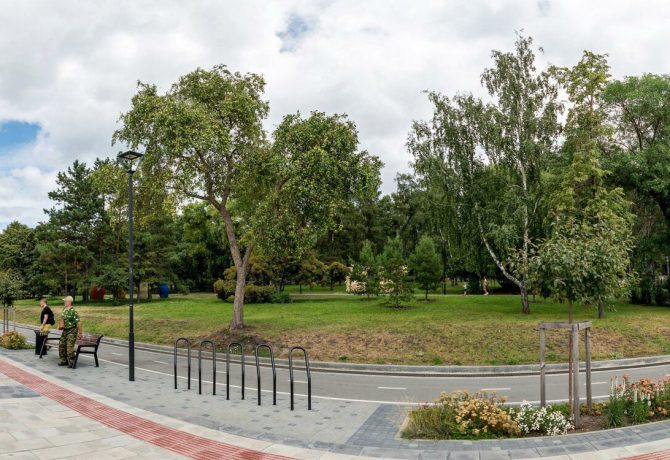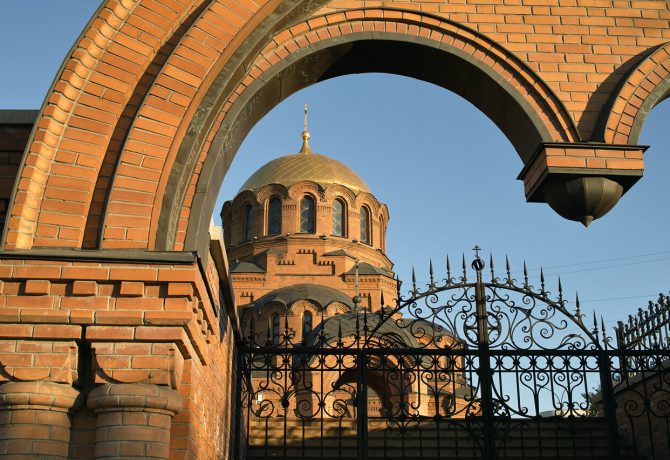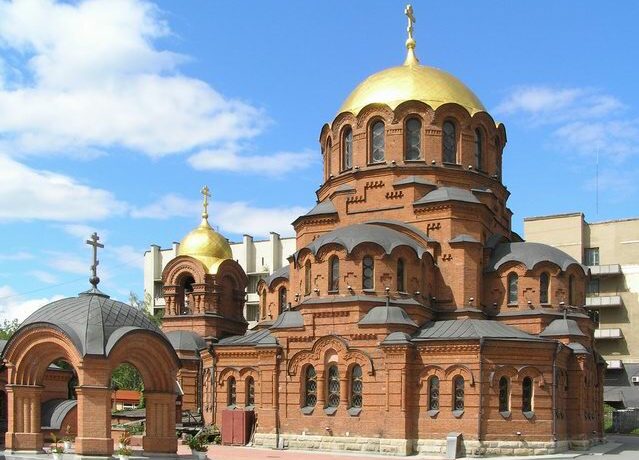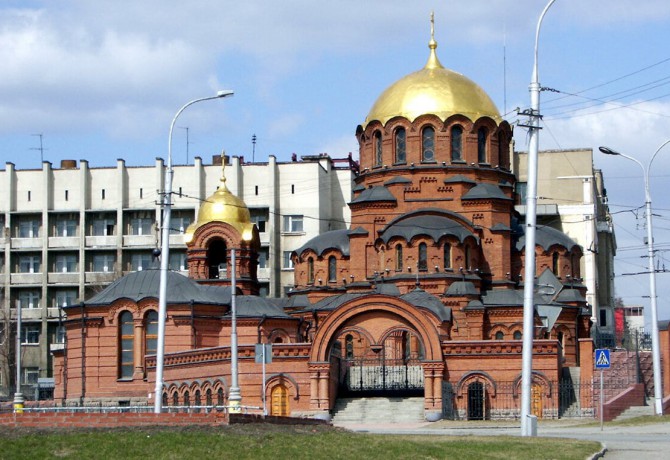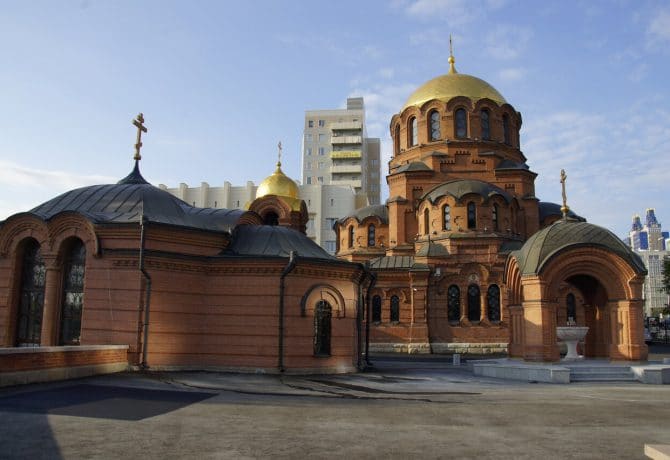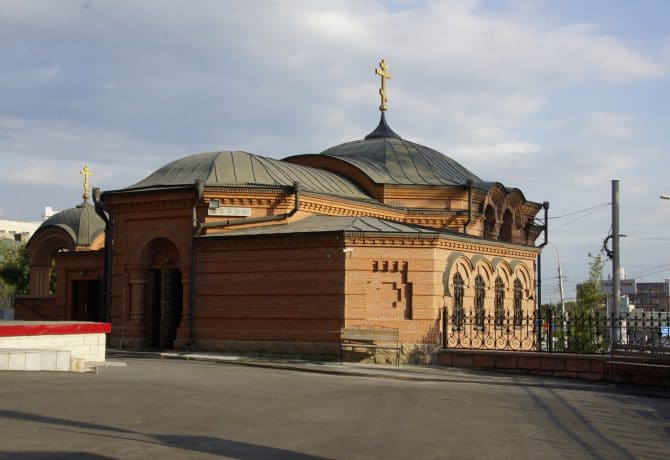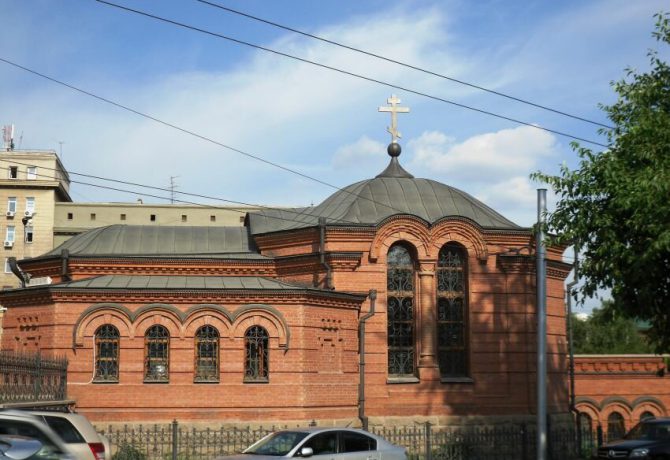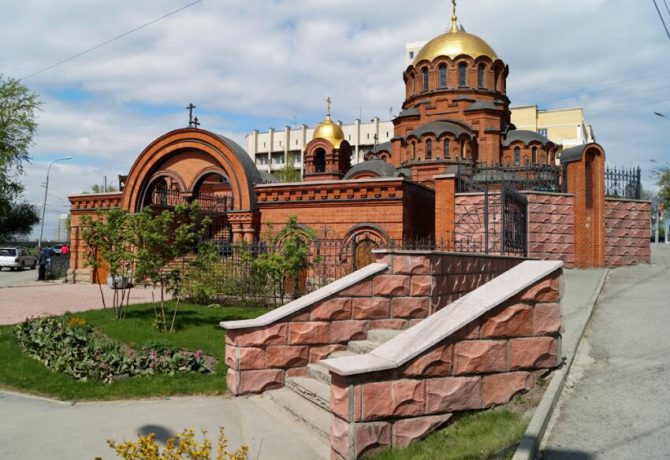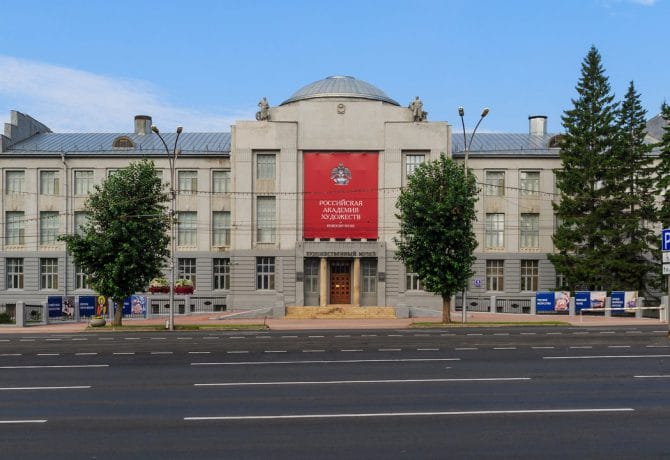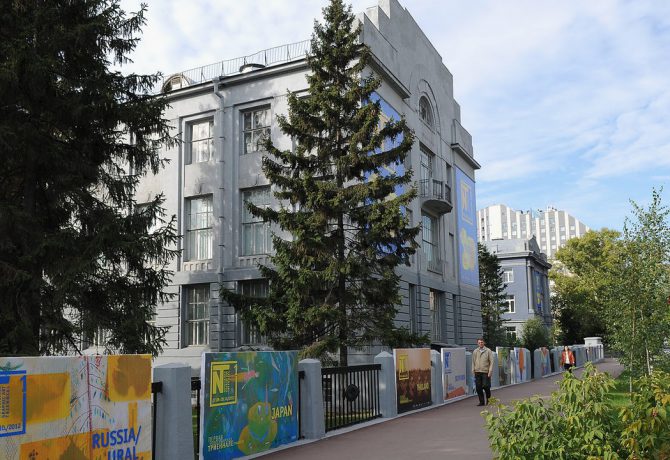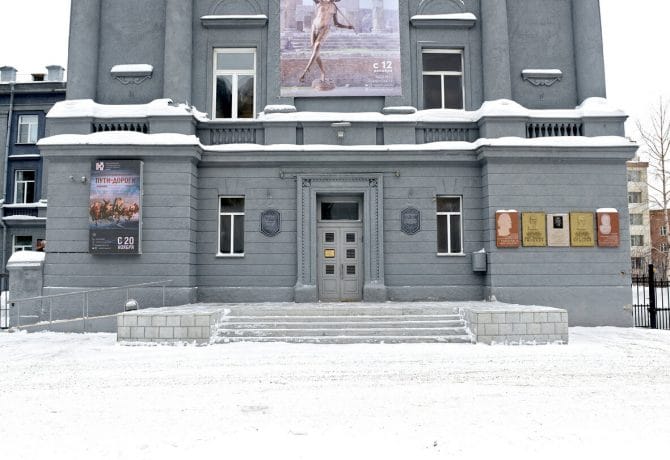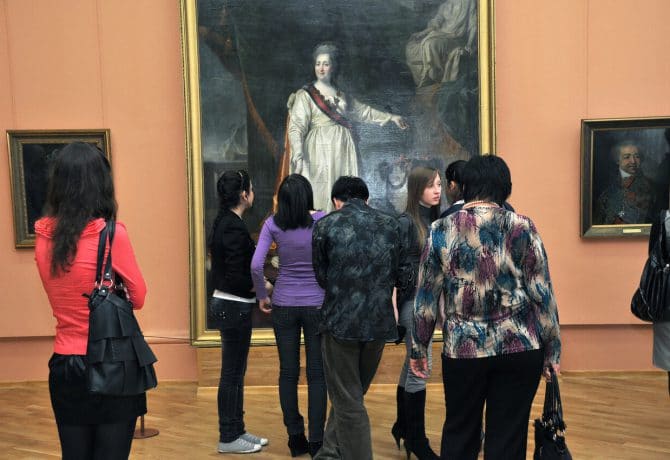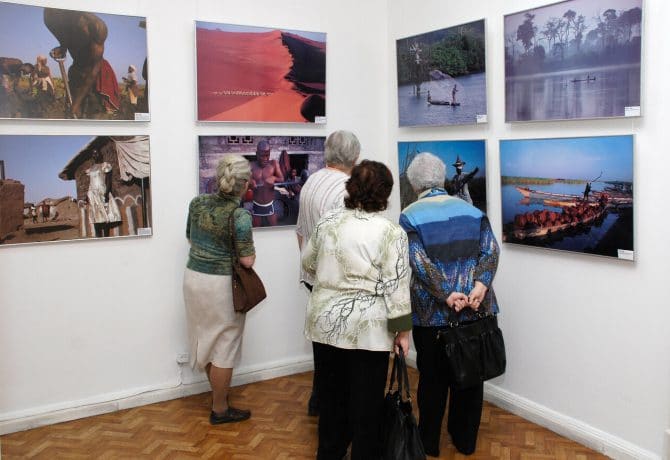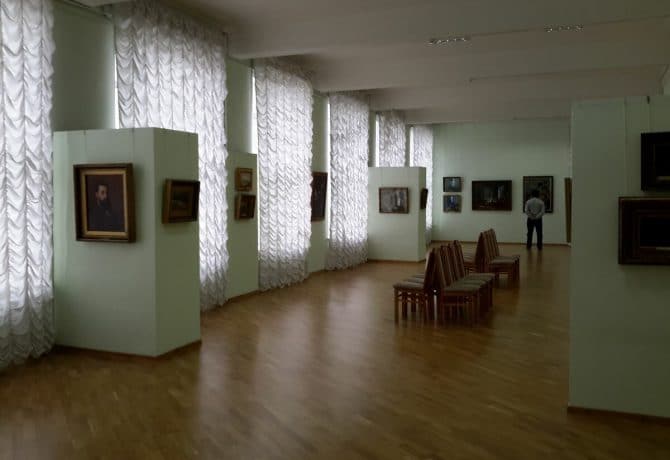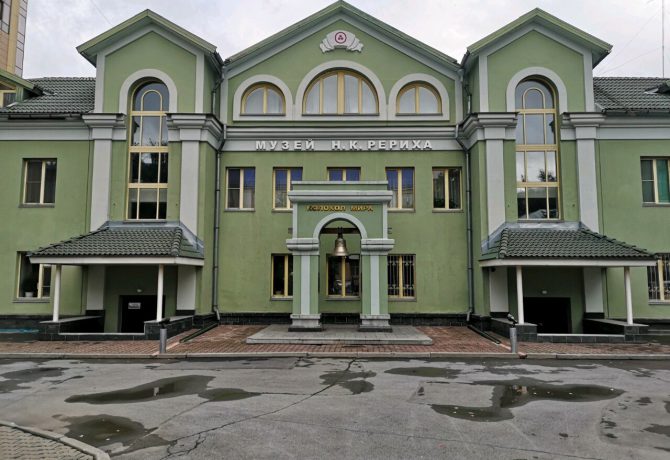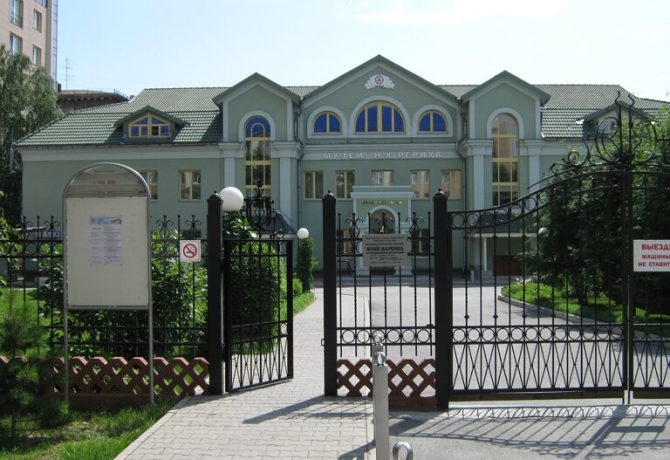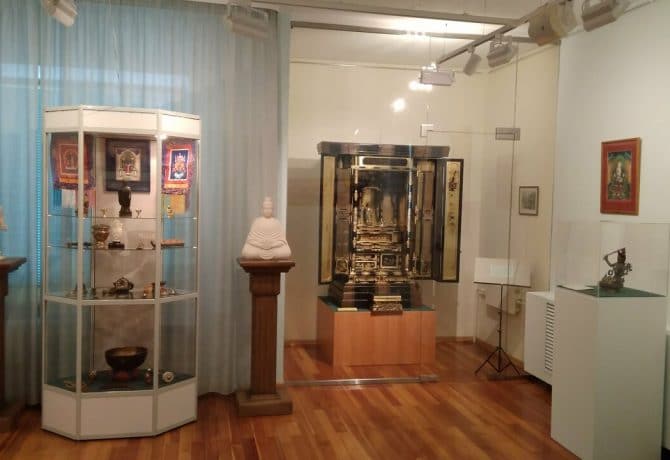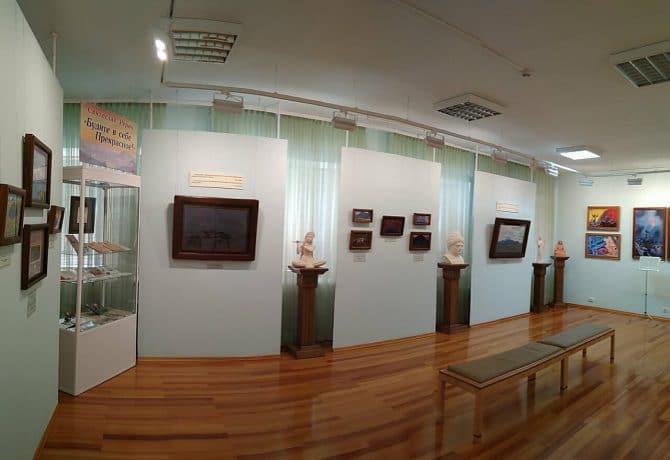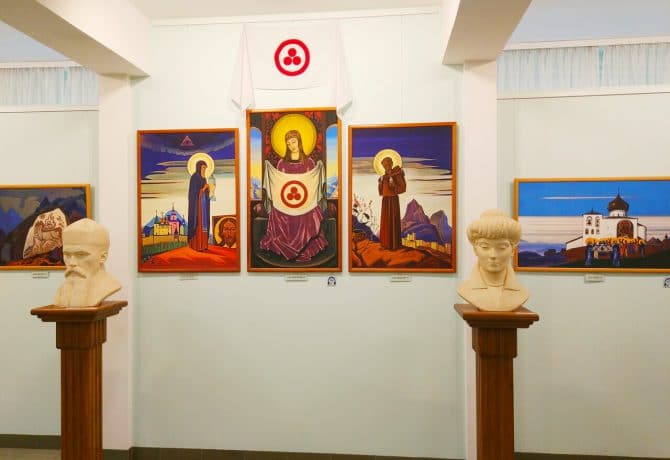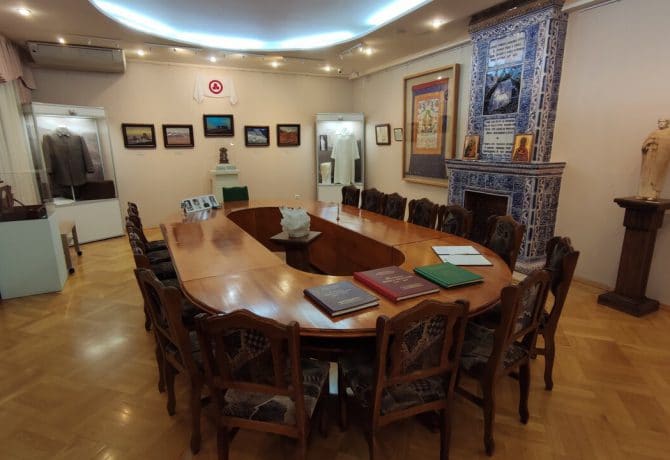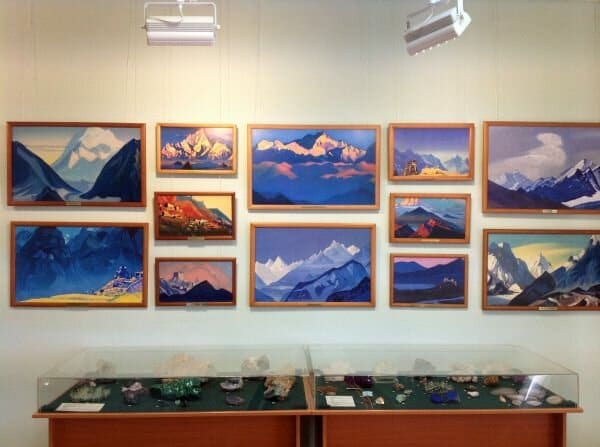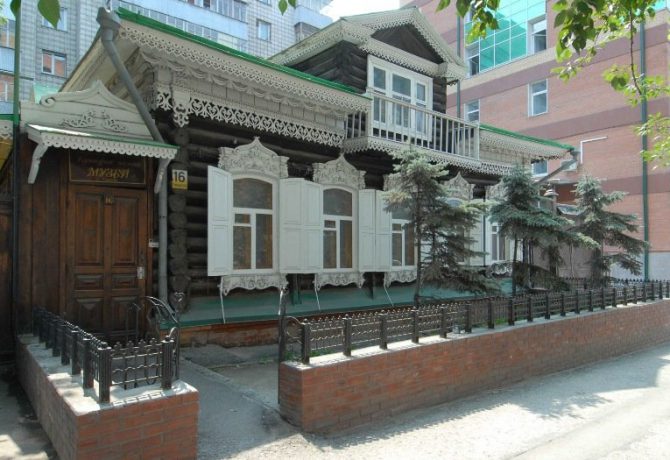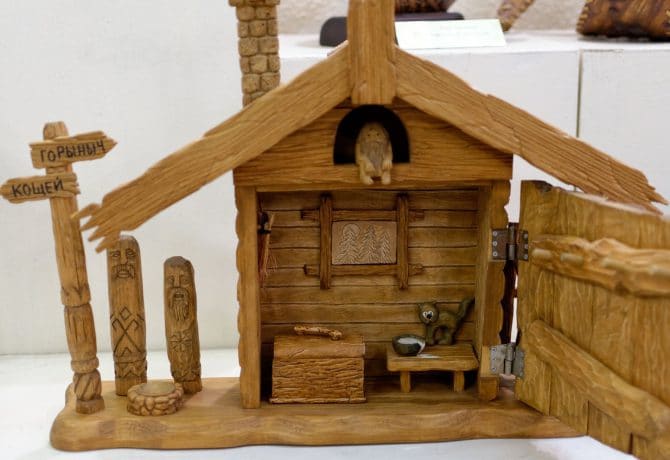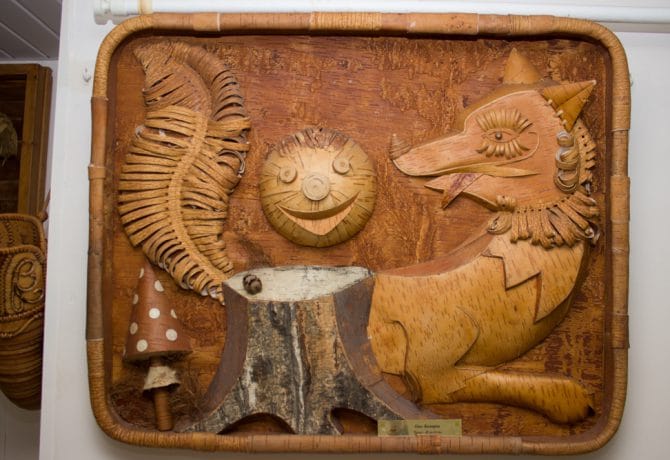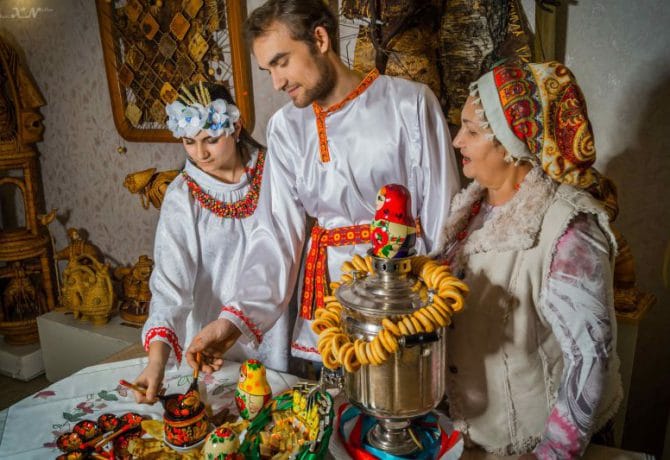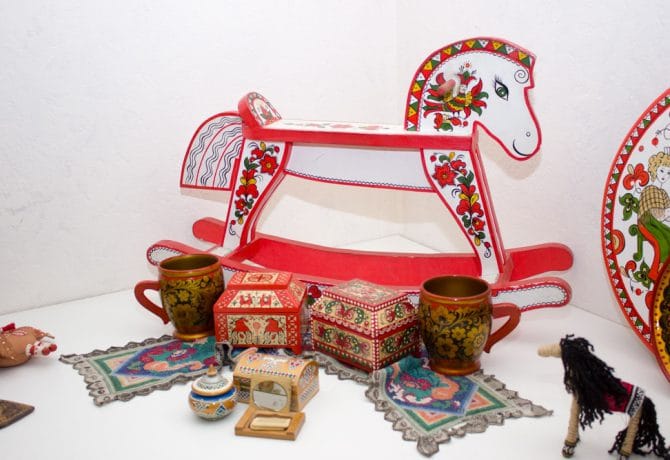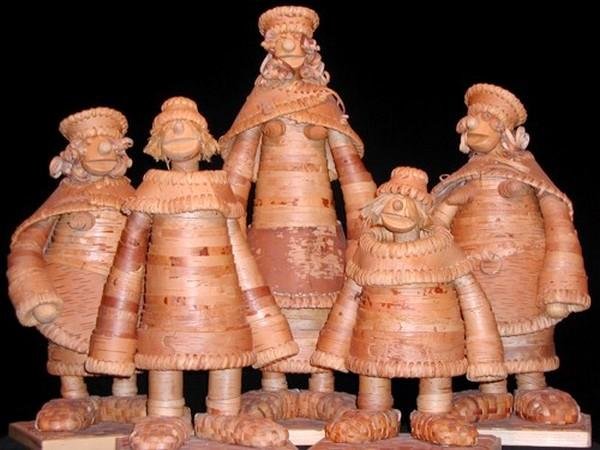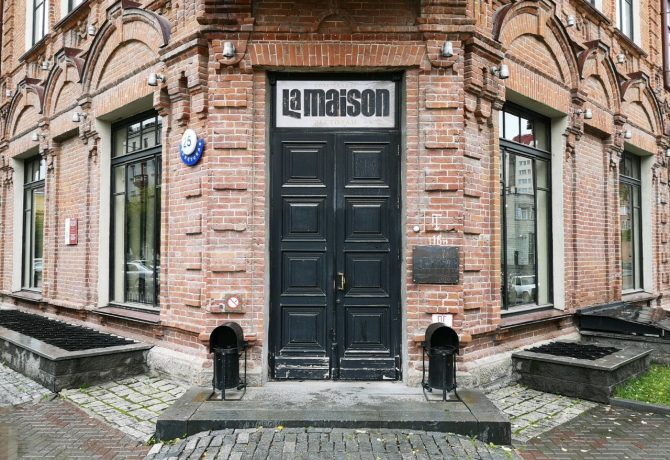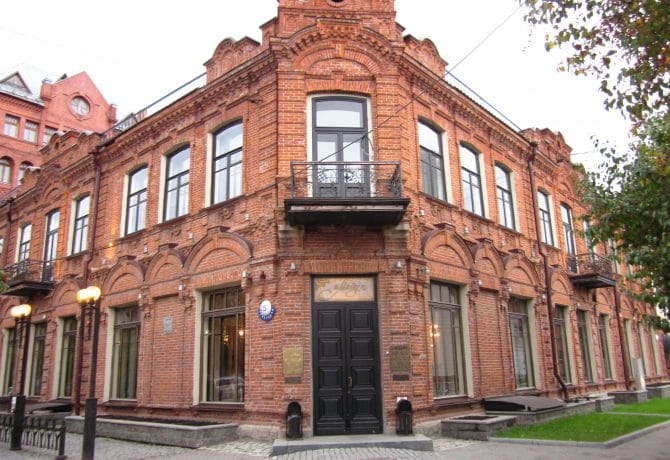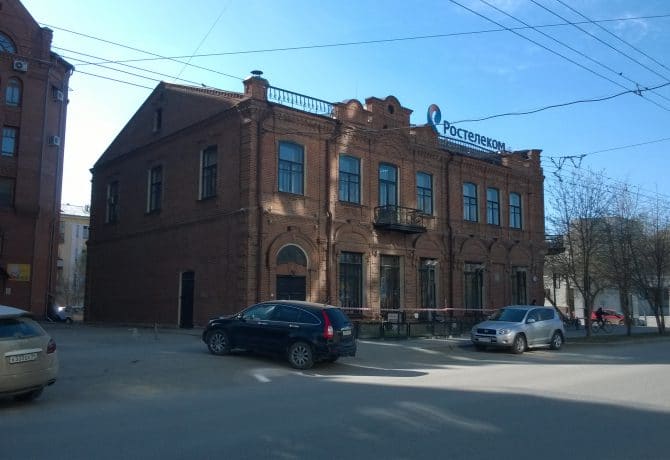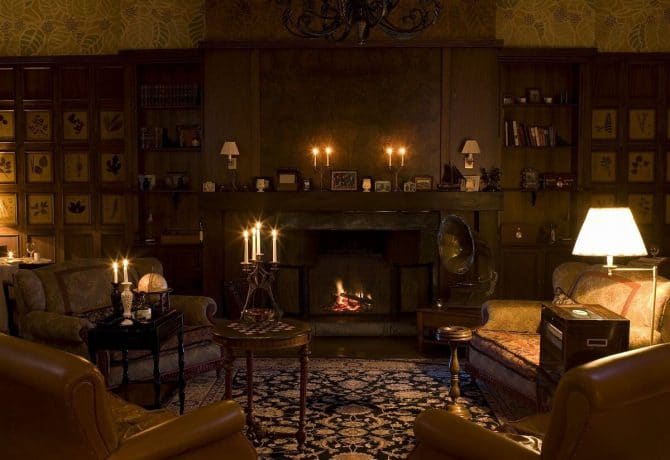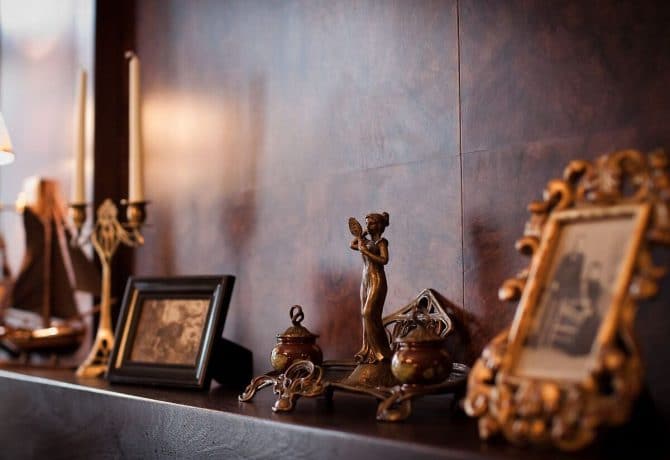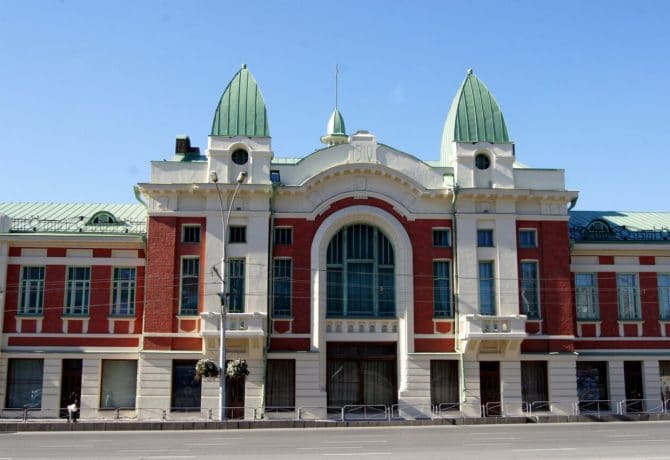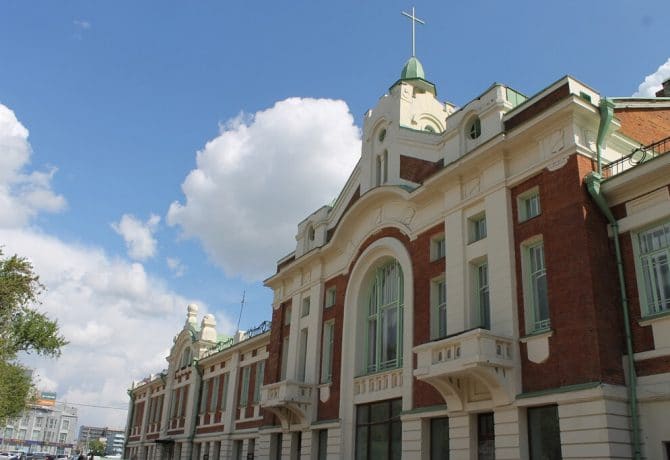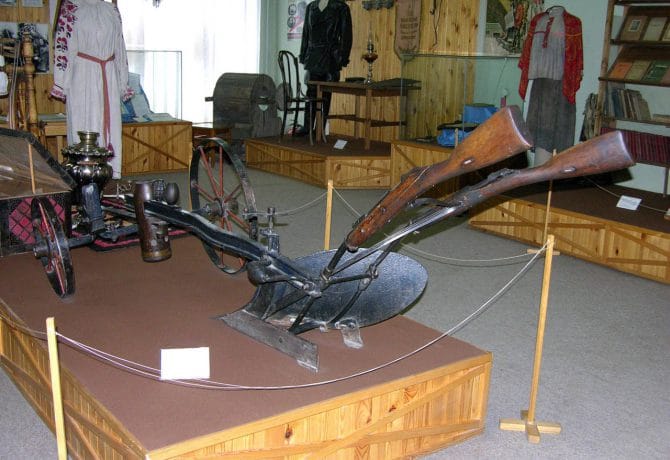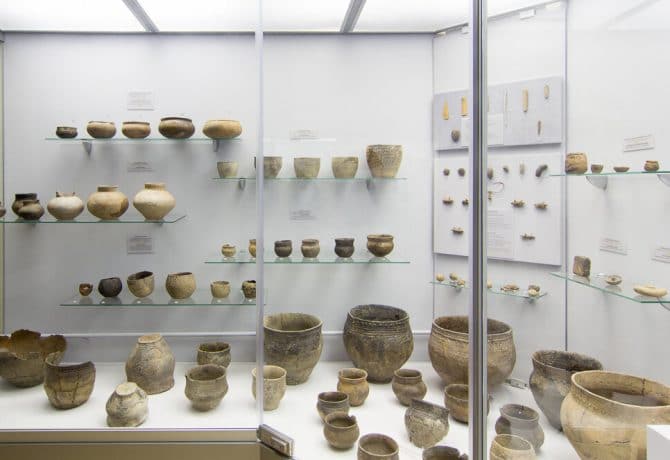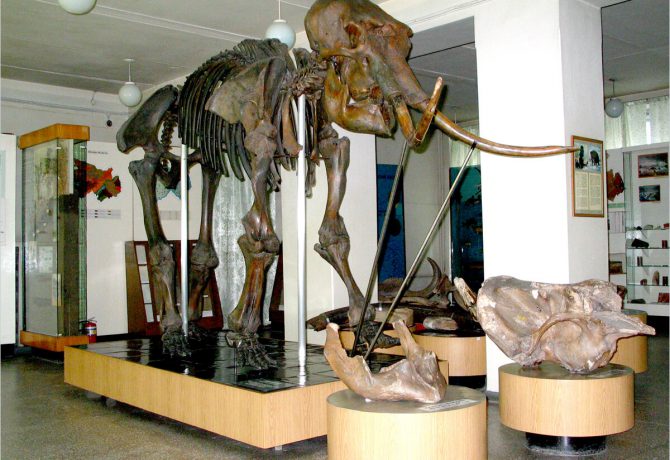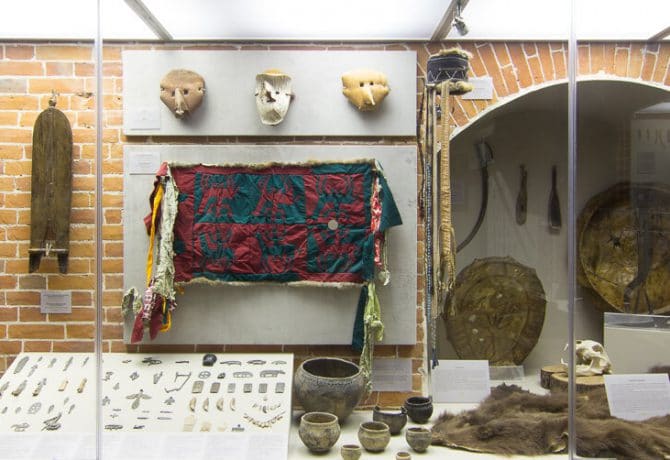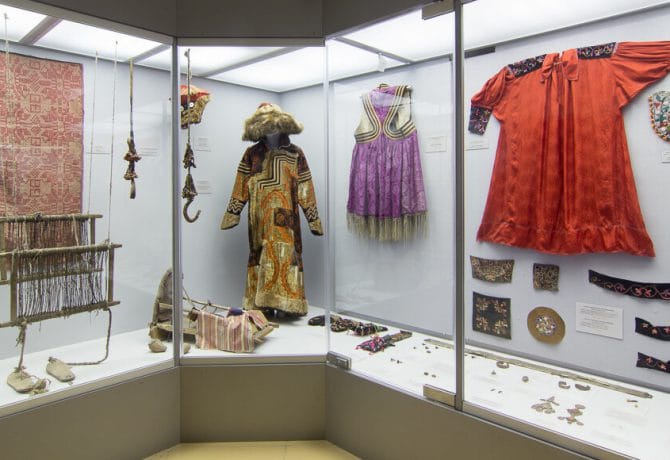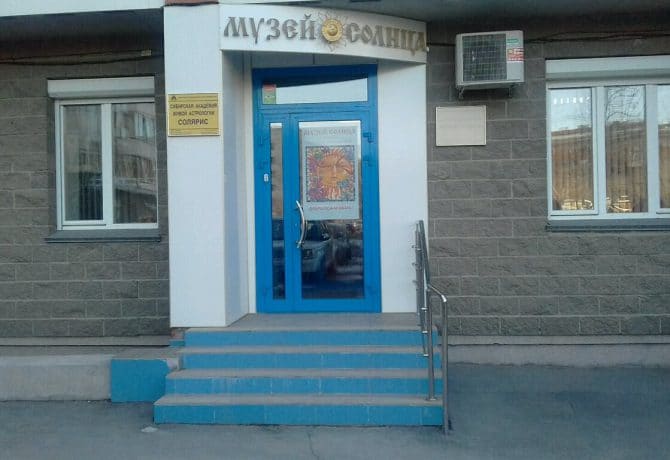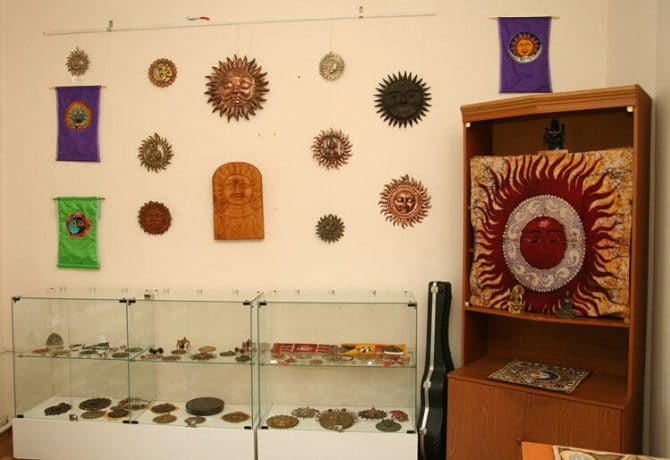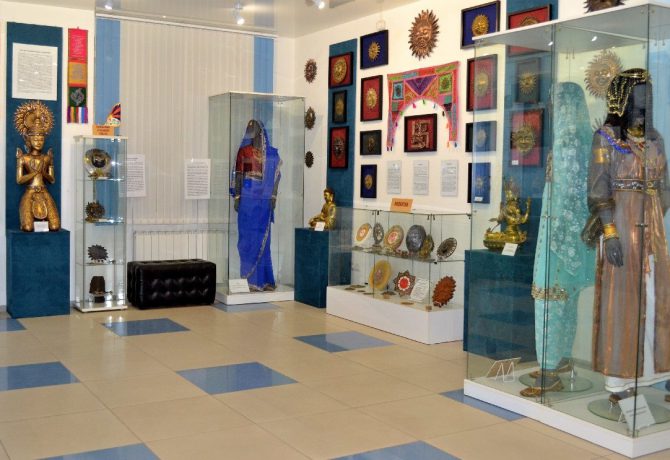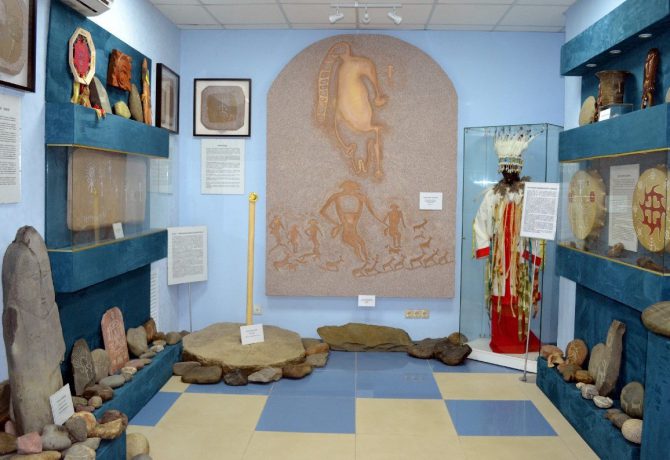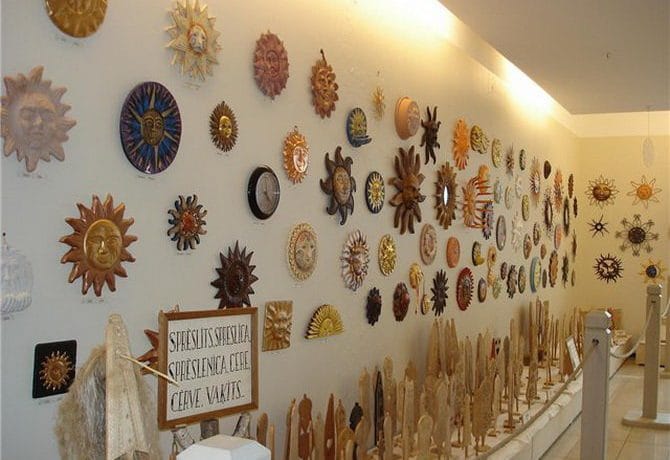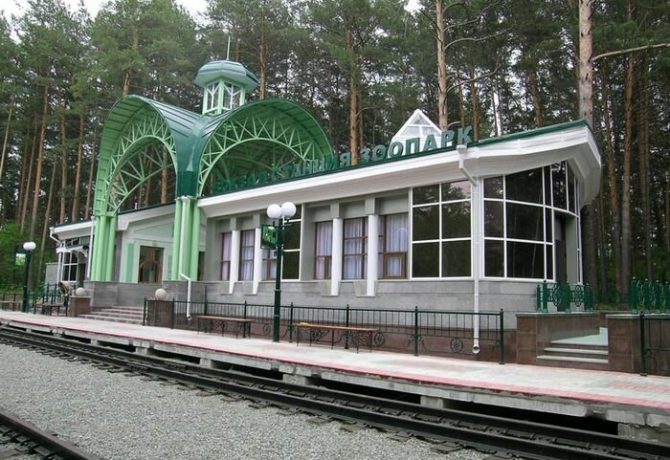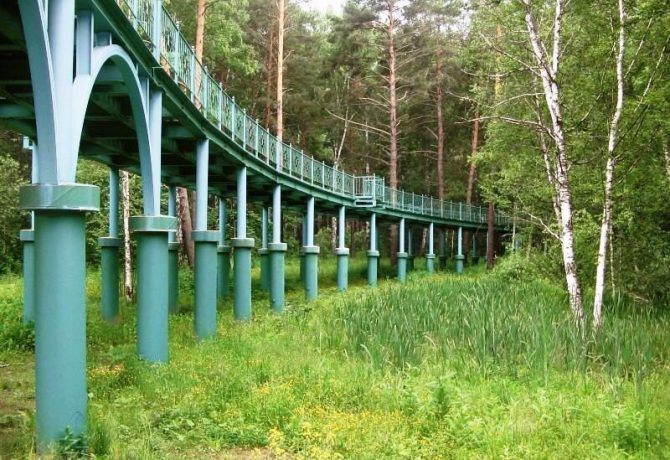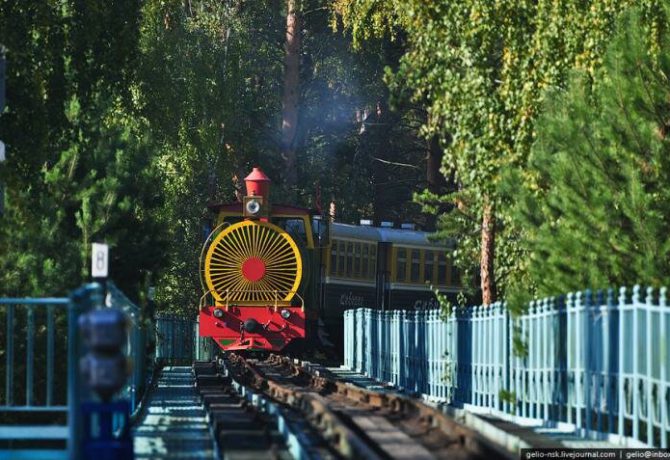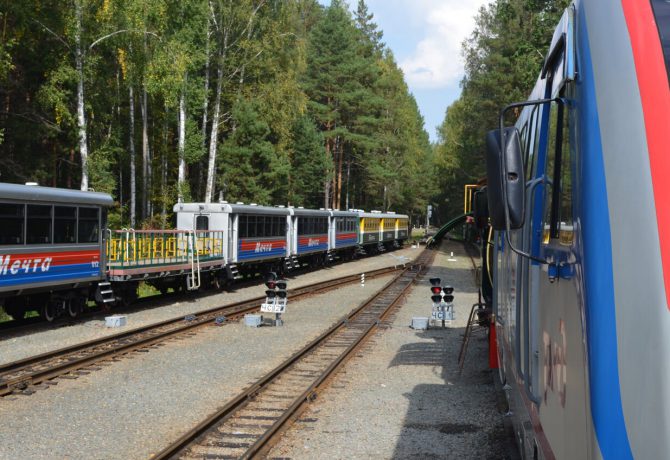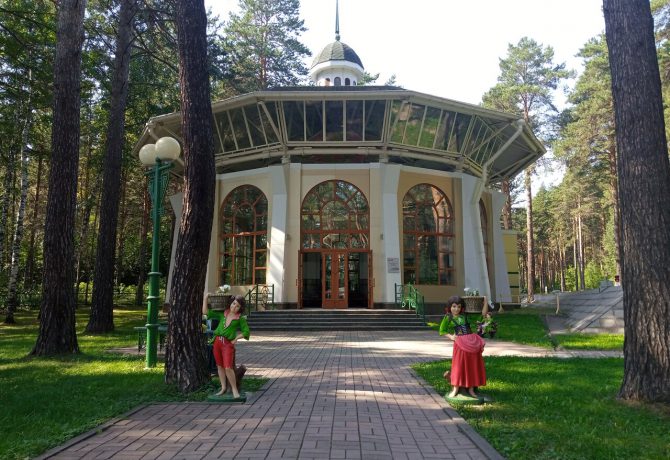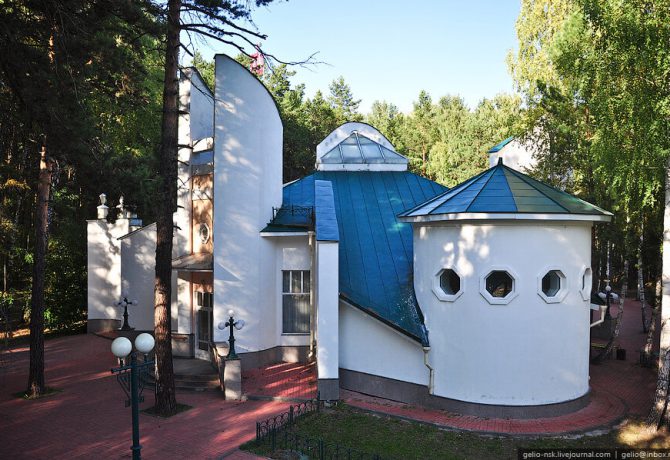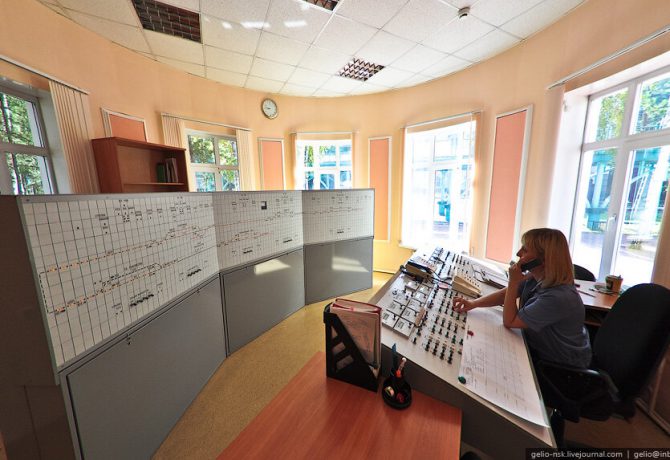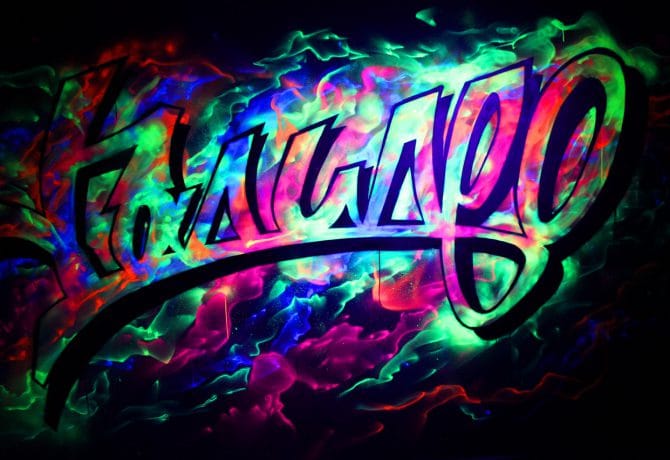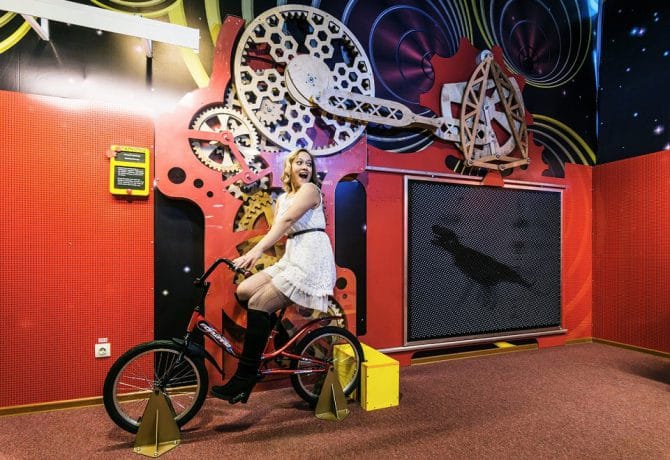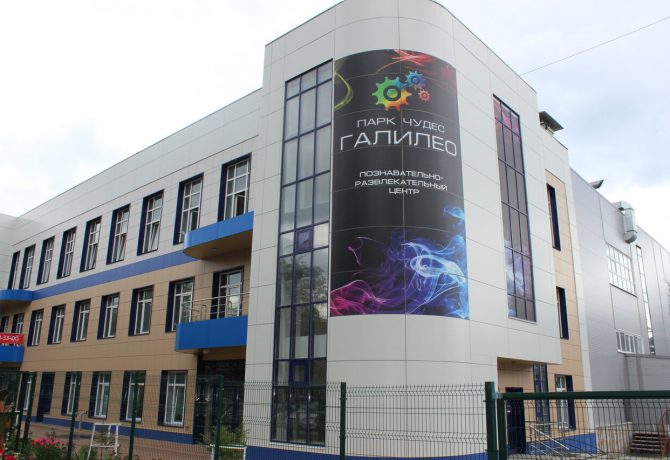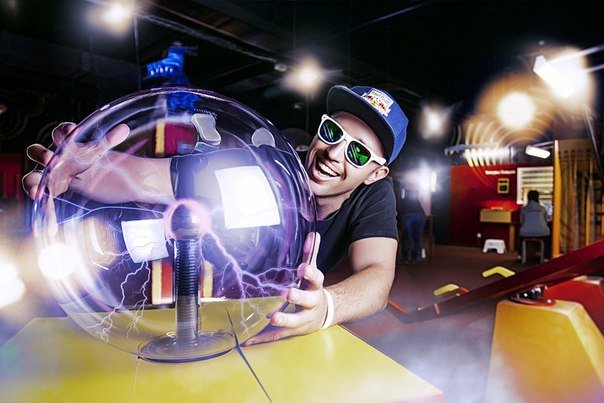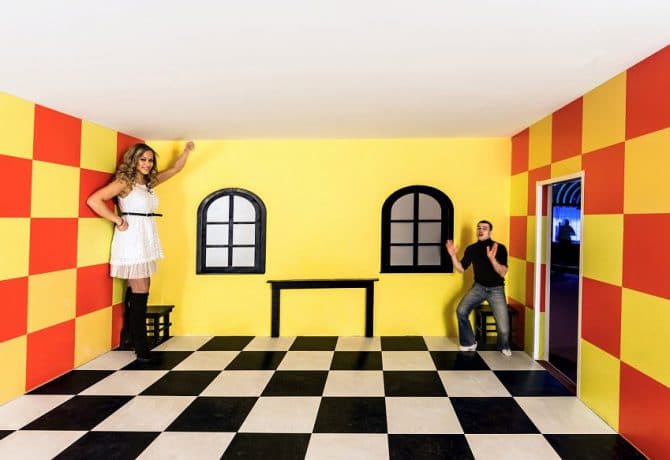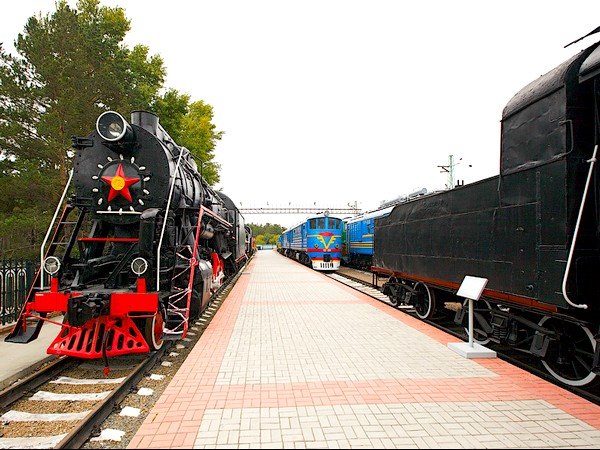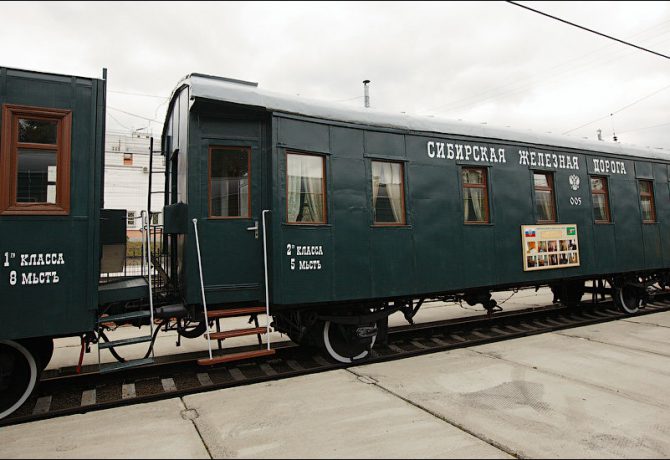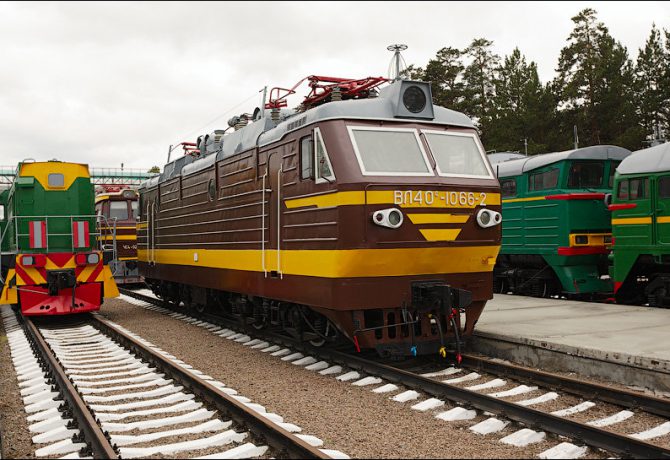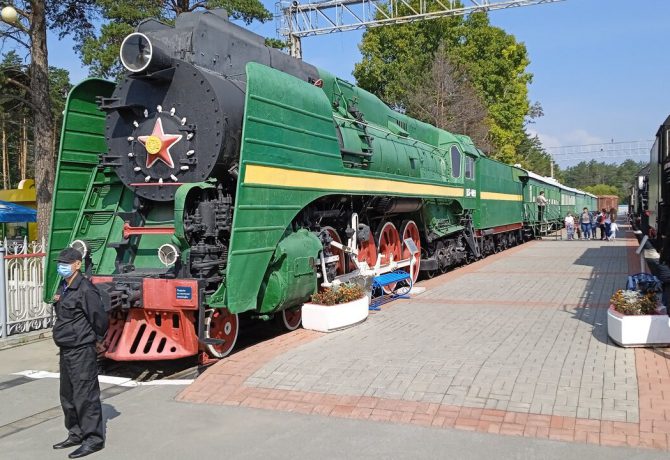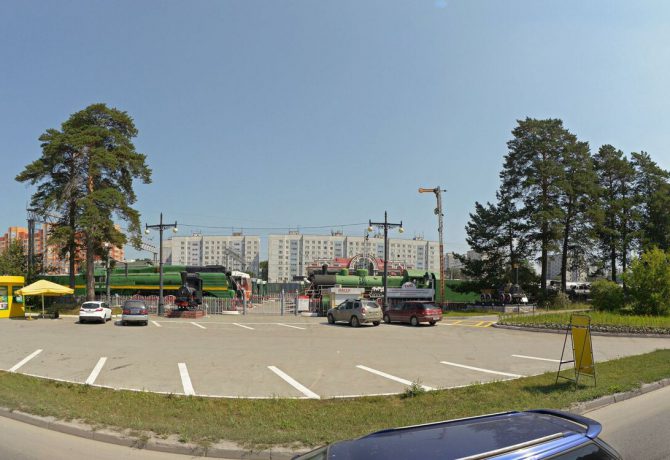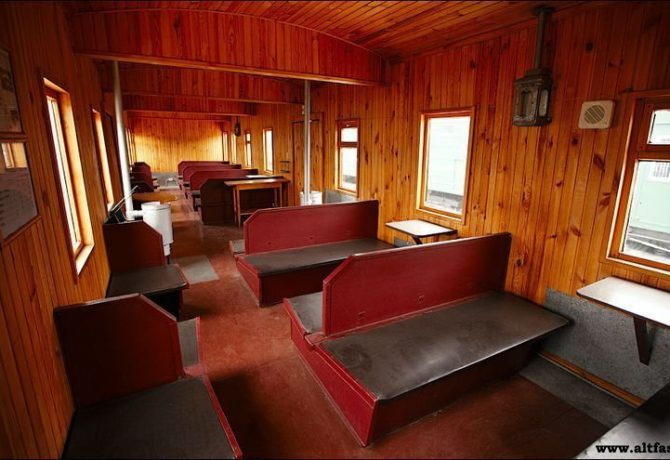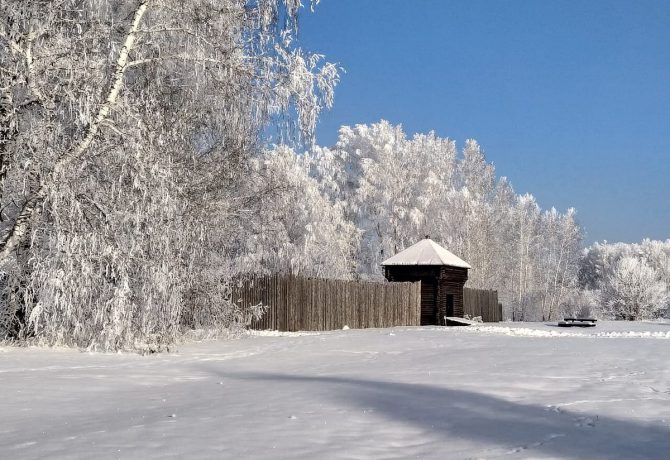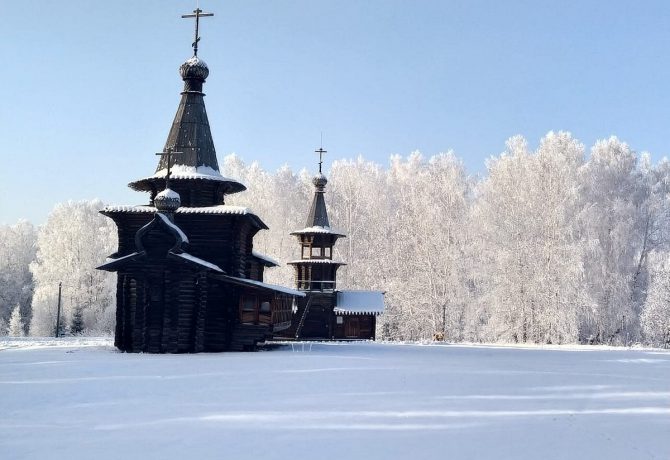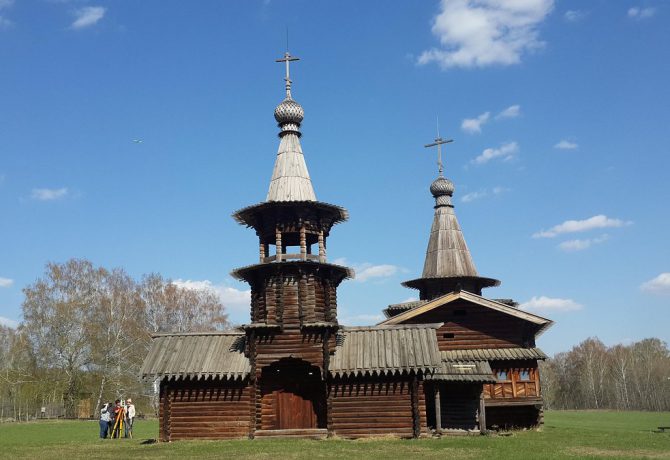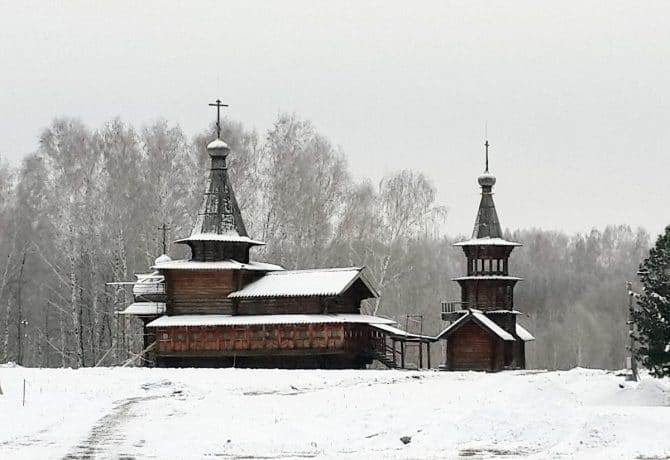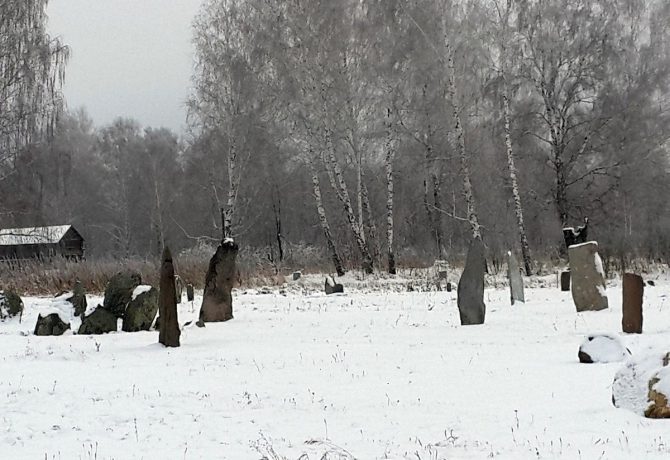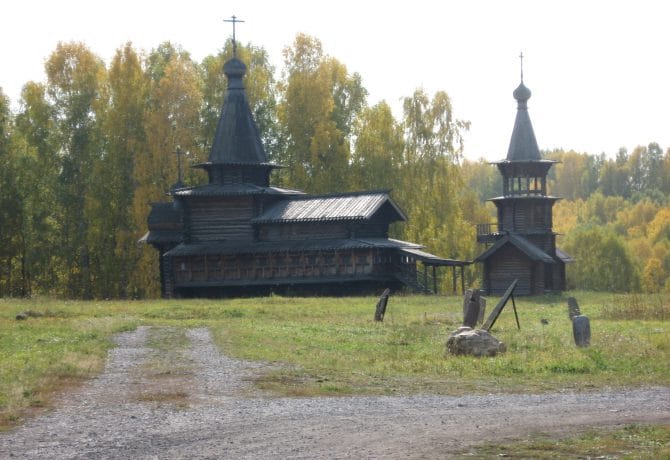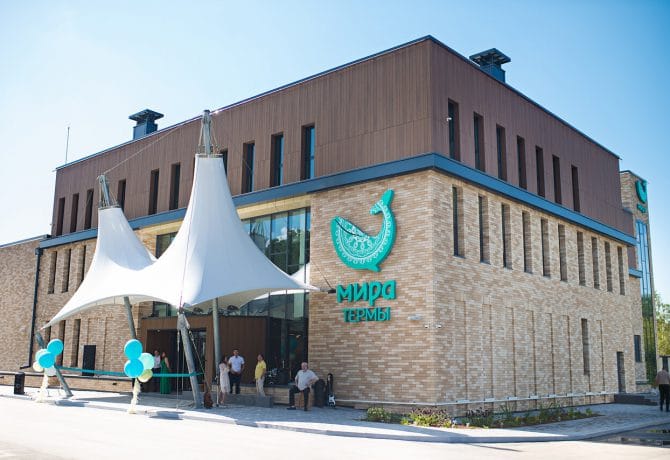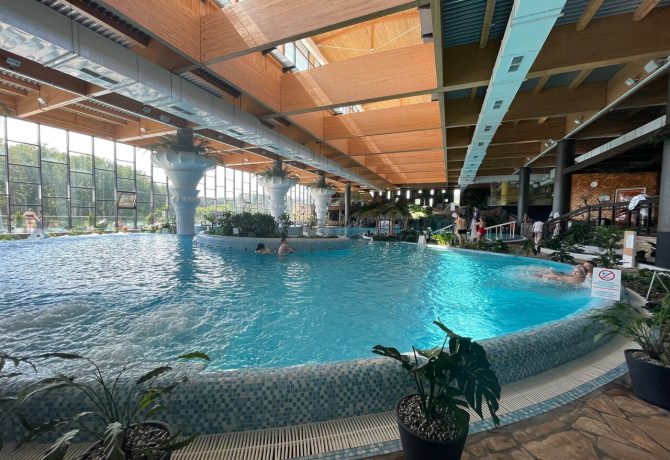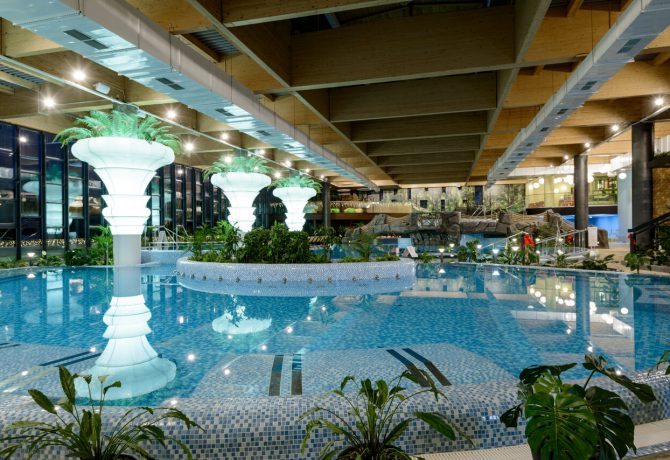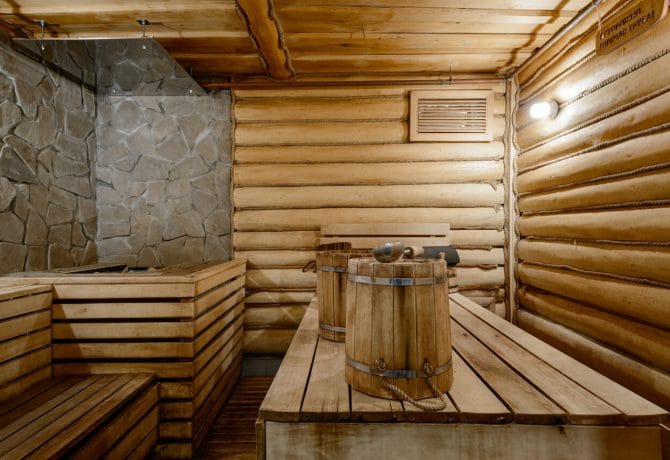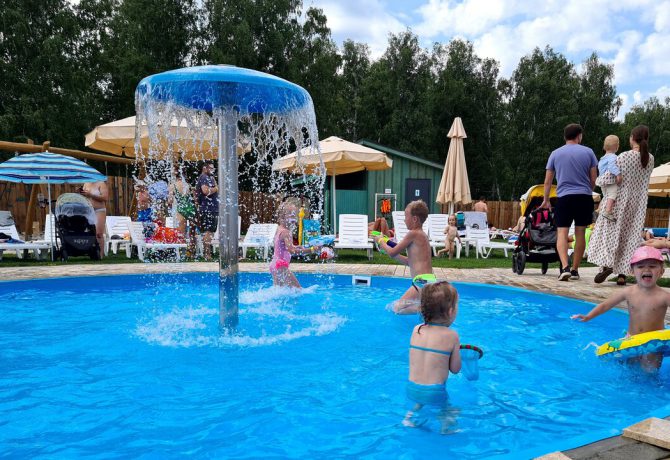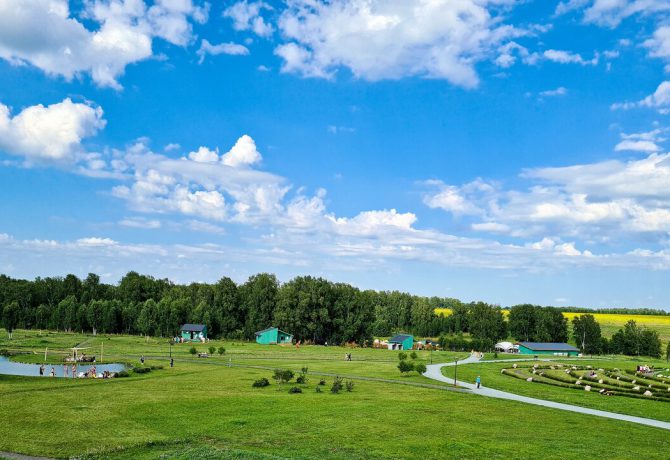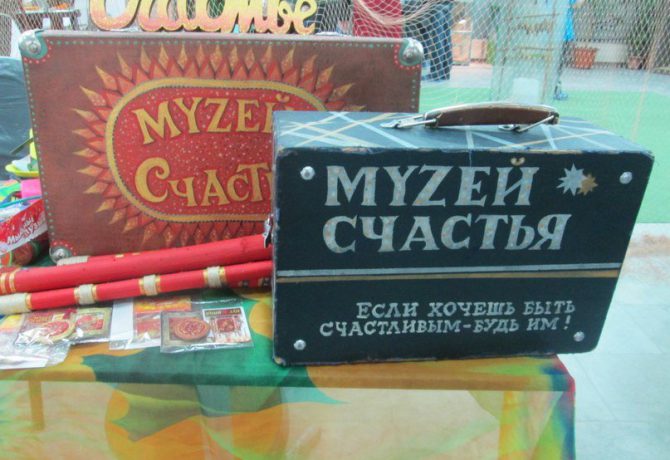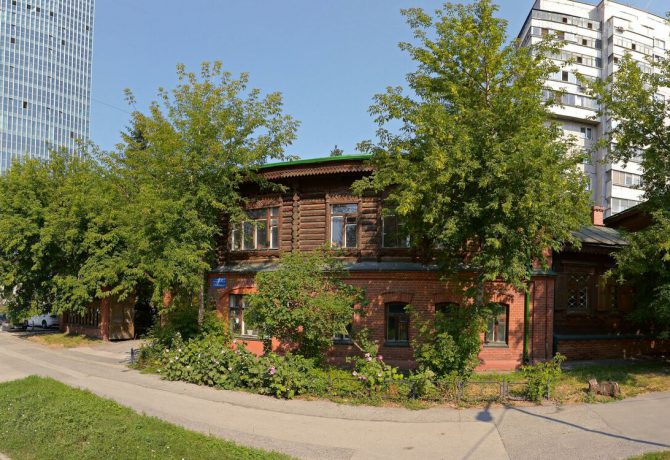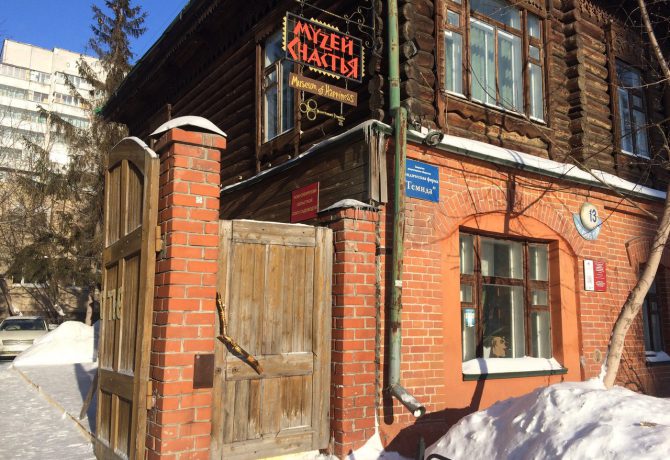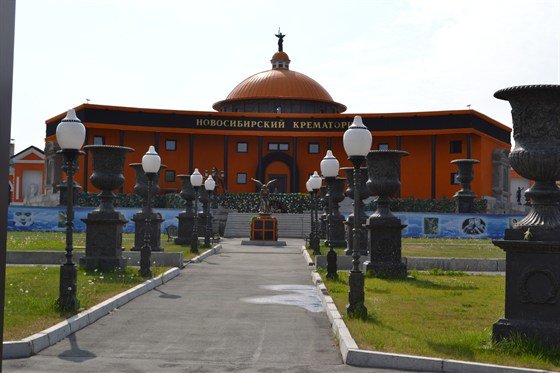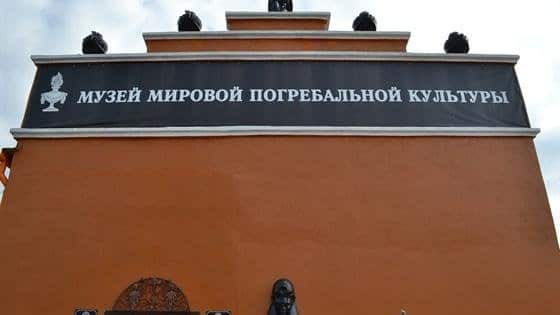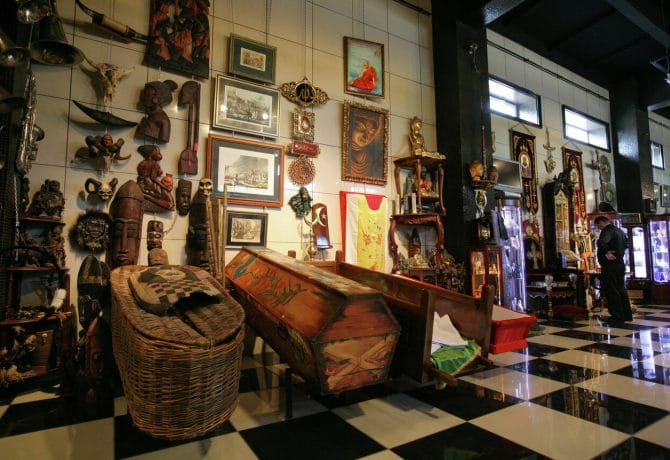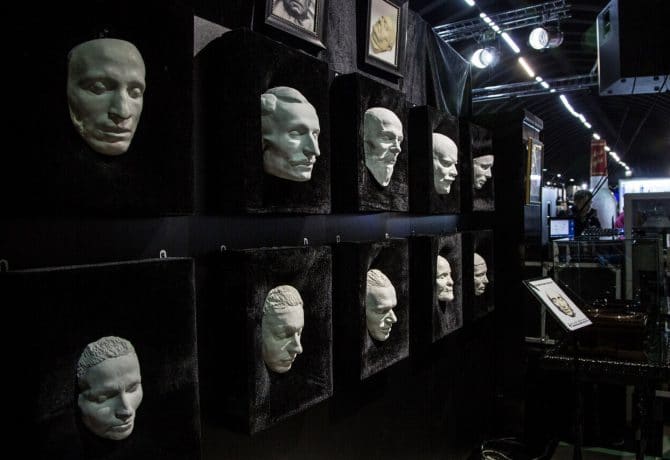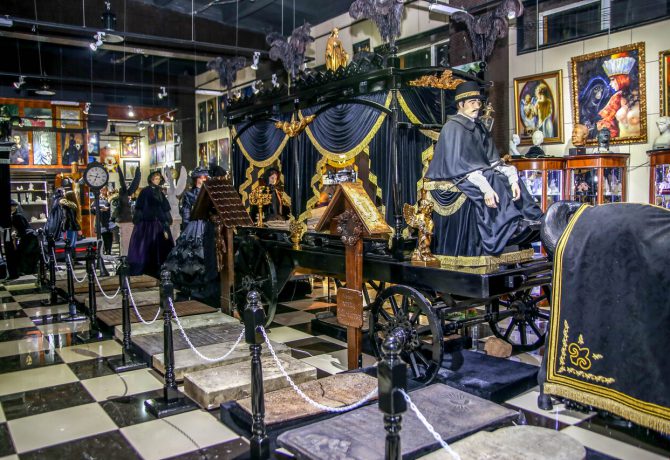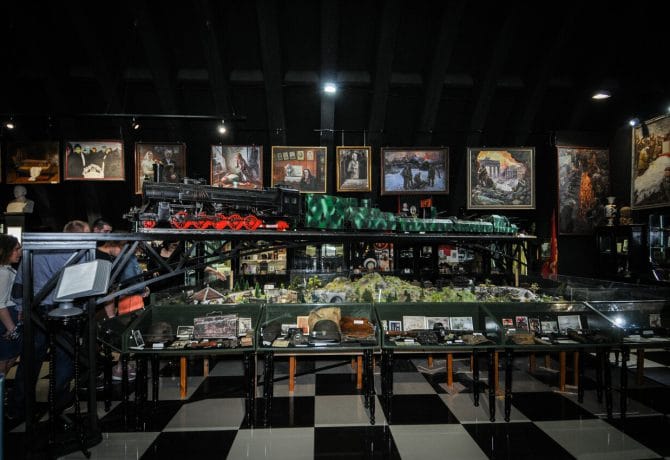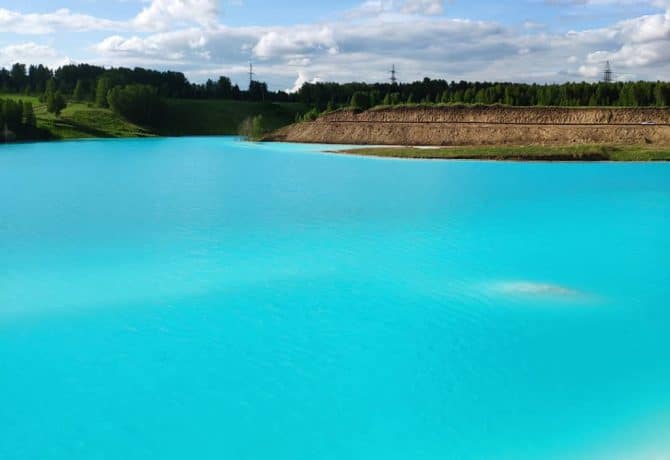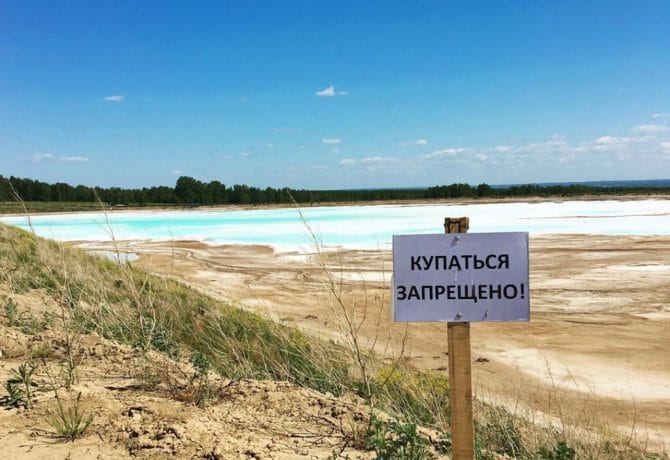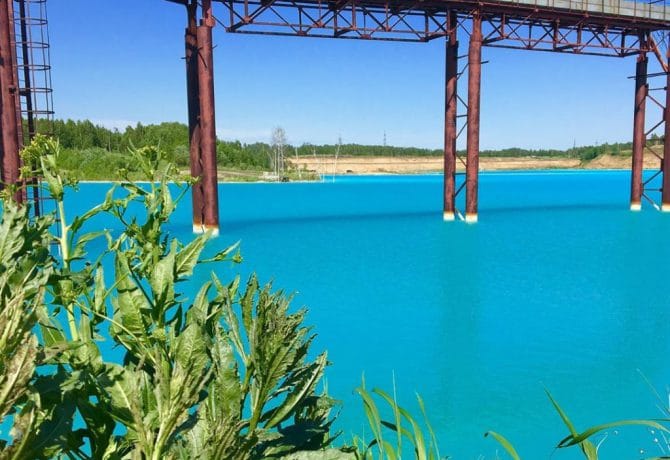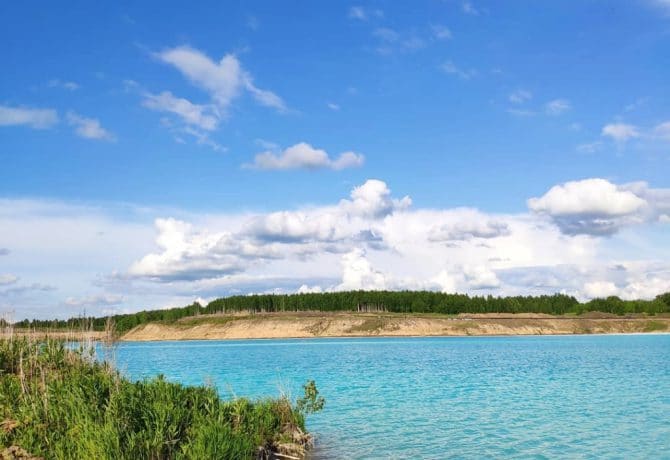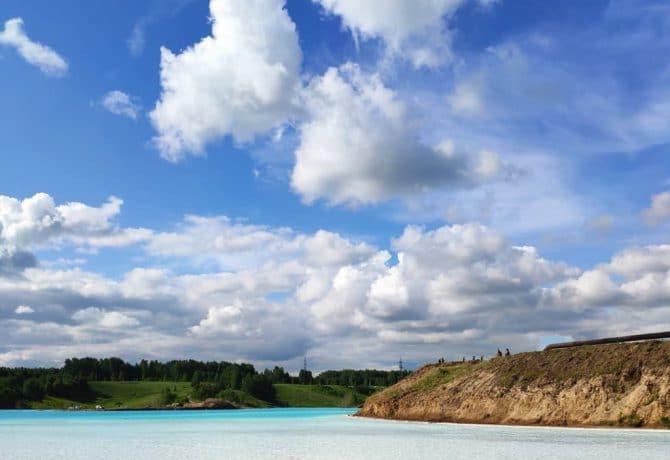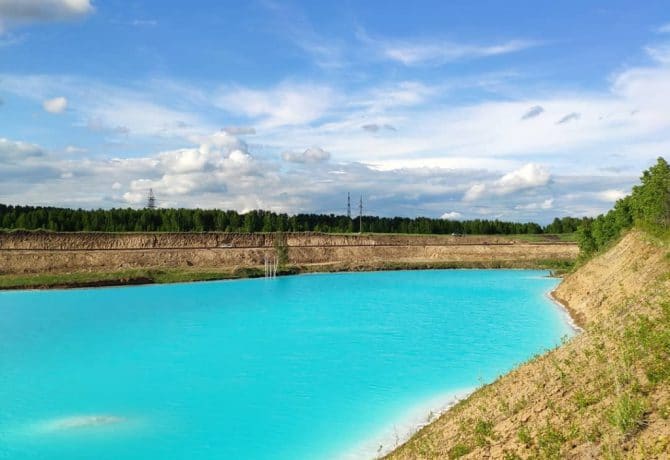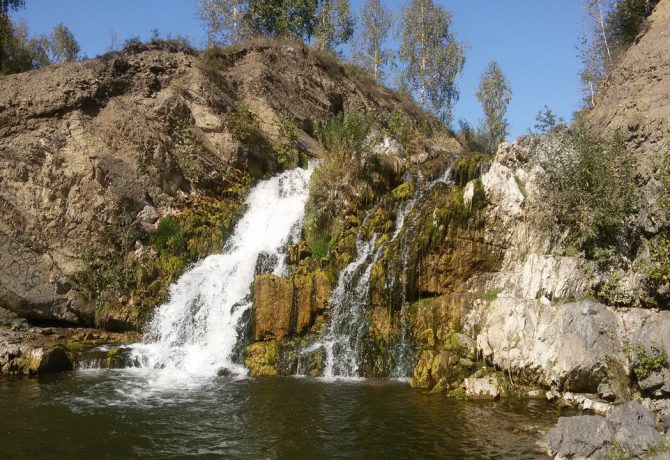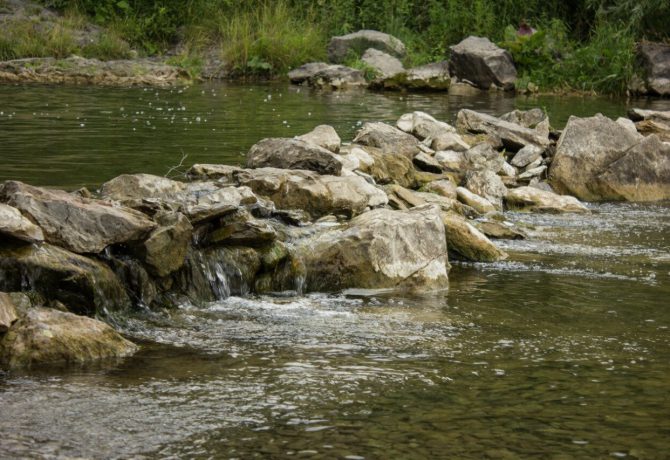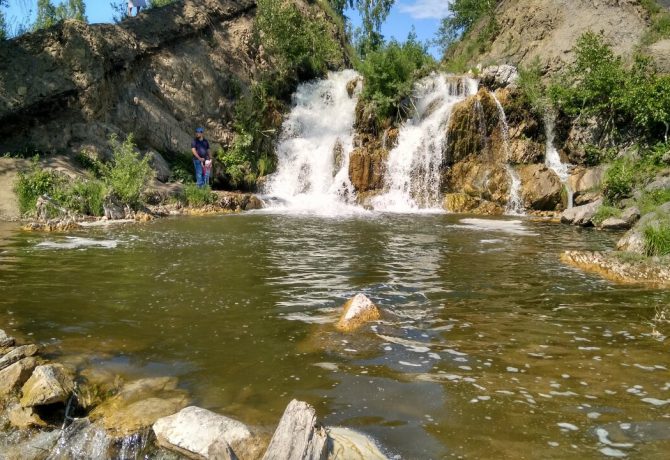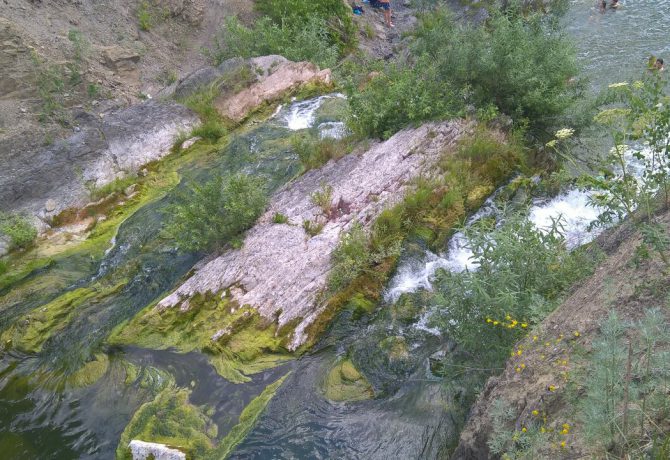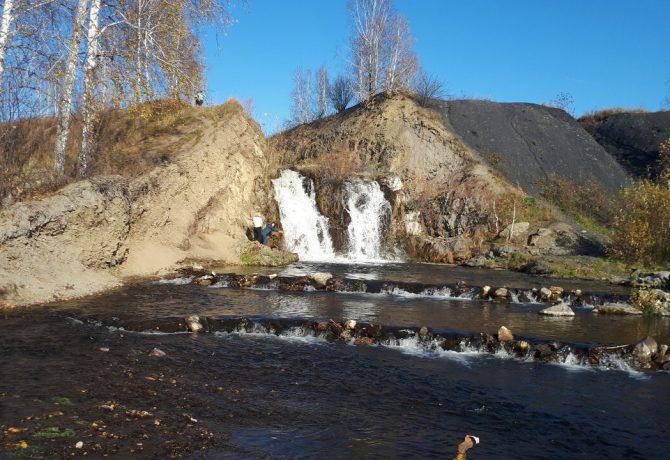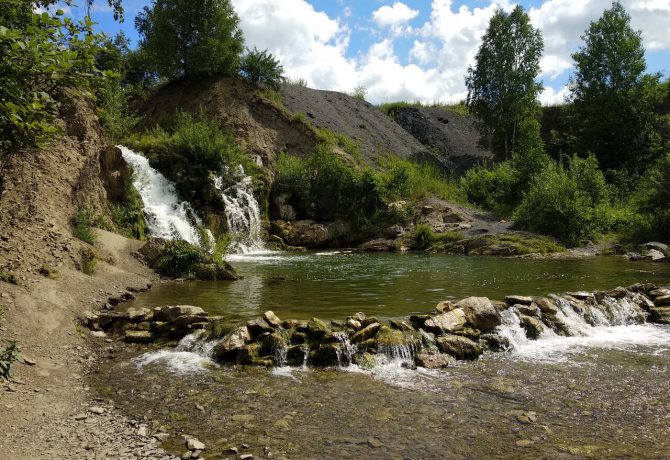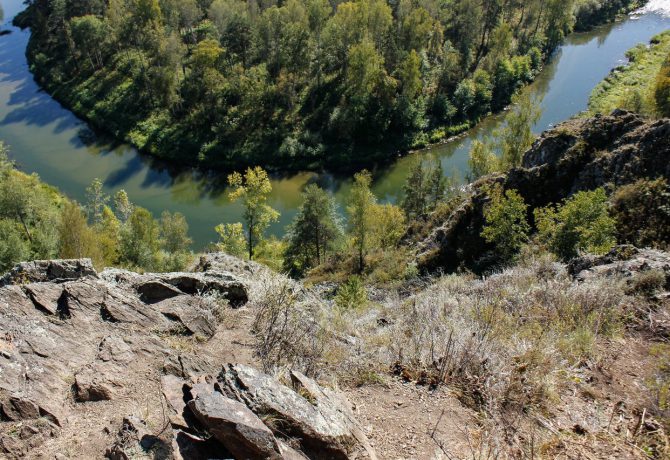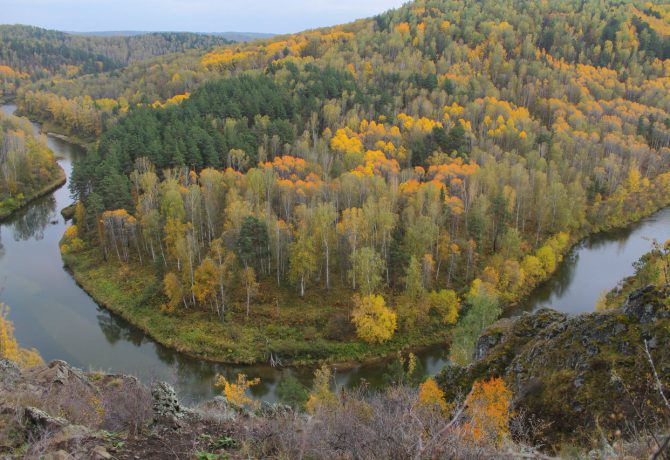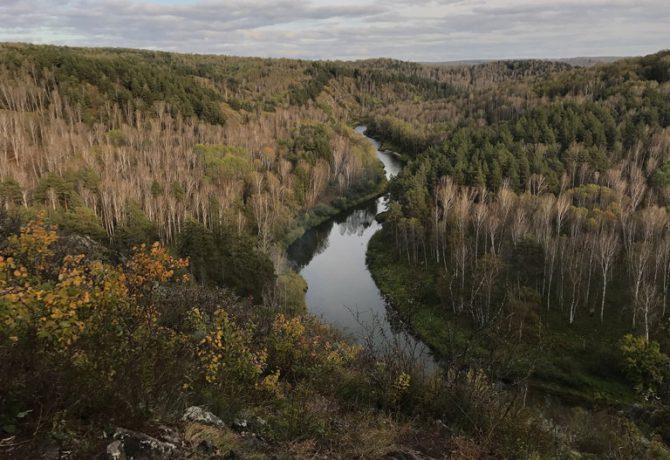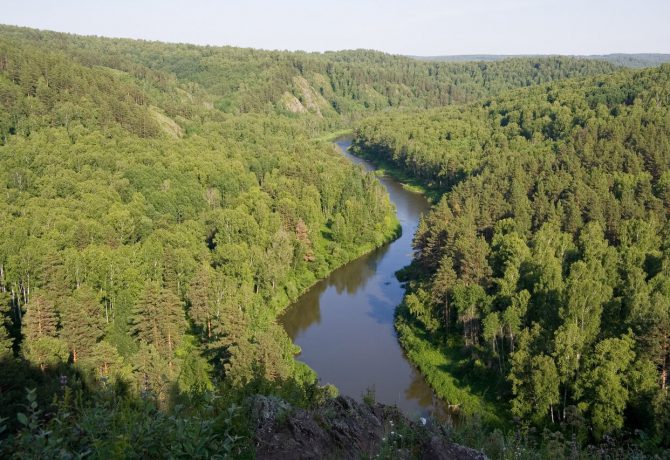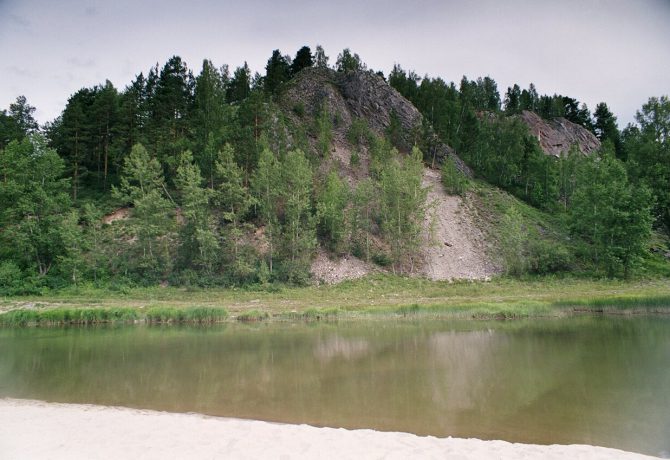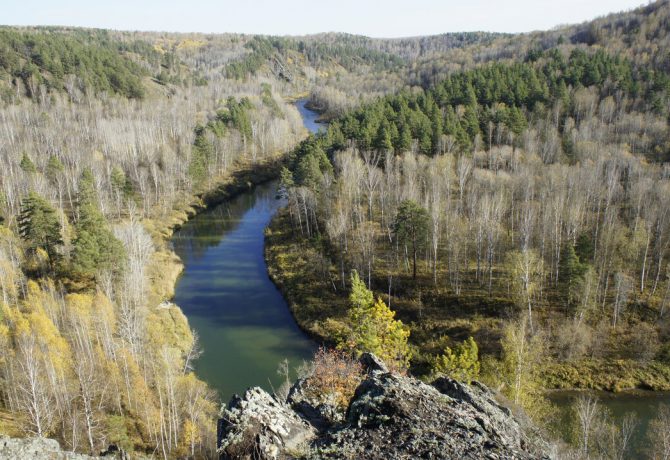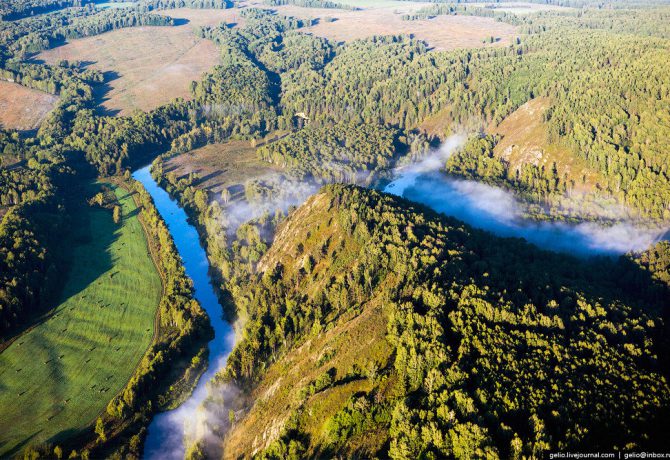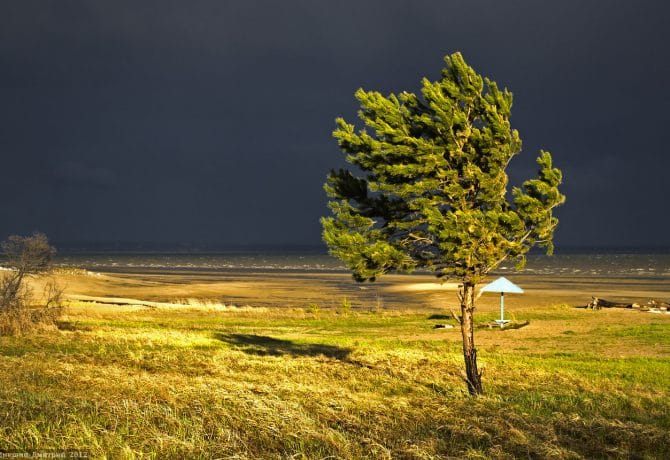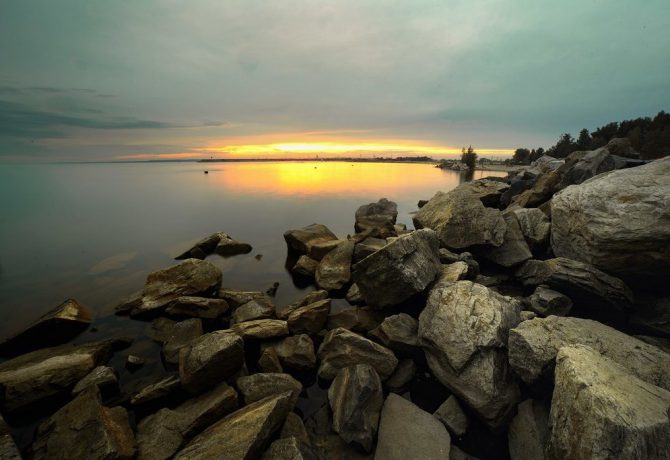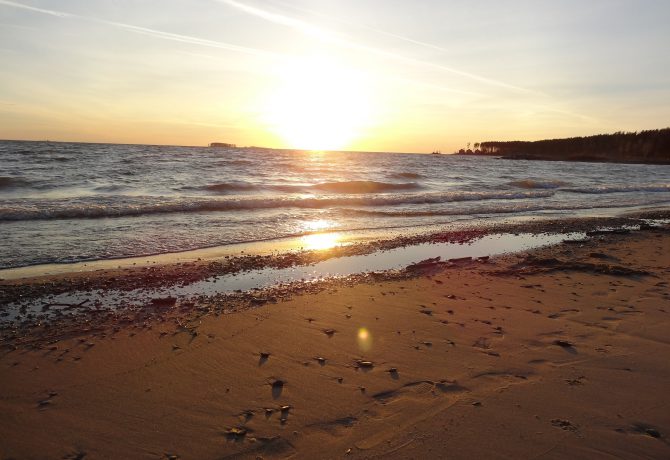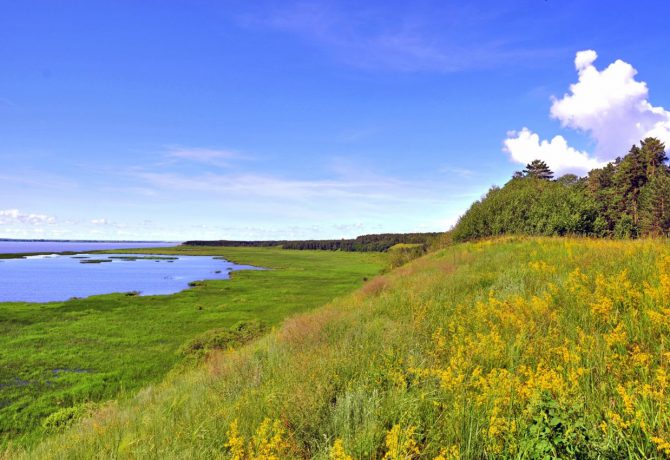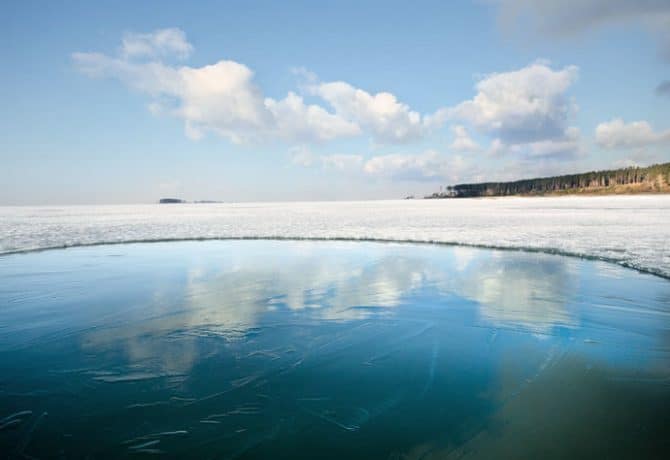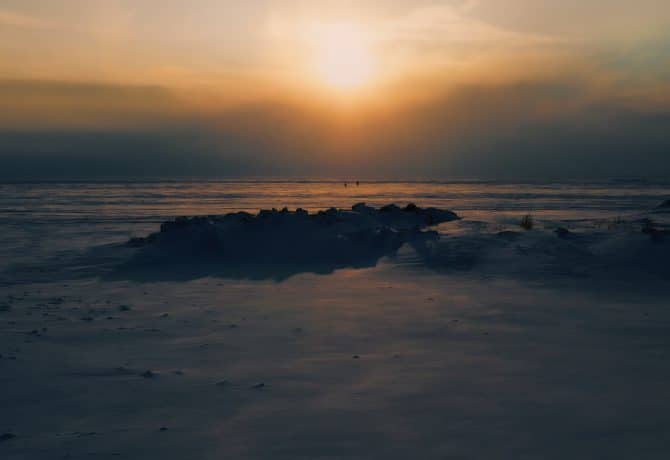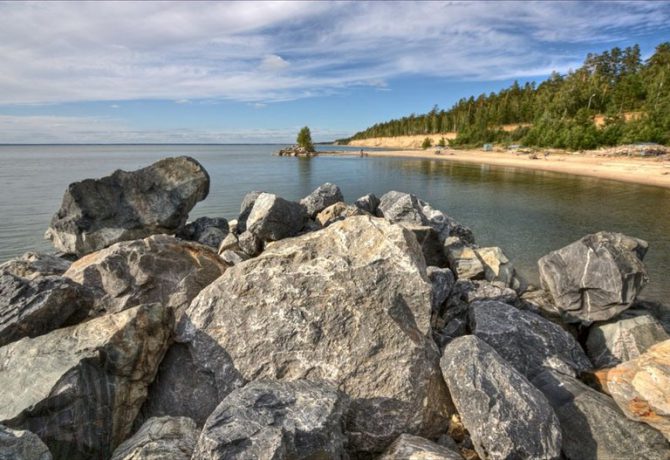The city of Novosibirsk bears the honorary title of “Capital” of Siberia, being the third city in terms of population in Russia. It is located on the banks of the Ob River, growing and developing every year.
Novosibirsk appeared in those years when the Trans-Siberian Railway began to be laid on local lands, in the 1890s. Engineers have identified the place of the bridge across the Ob, and the Minister of Finance S.Yu. Witte approved the construction project. To begin the grandiose construction, the workers were settled in the newly formed village, called it Alexandrovsky, then Novo-Nikolaevsky in honor of the emperors, and Novosibirsk received its modern name only after the revolution.
Oddly enough, the city began to develop actively during the Second World War, and it turned out to be the efforts and efforts of the people evacuated here. Many factories and scientific institutions, especially from Leningrad, left for the rear, and the city became a famous industrial center.
Novosibirsk has a truly Russian, Siberian soul: events are held widely and on a grand scale, they receive guests, if anything is built, it is certainly grandiose. The city is called the Siberian center of theater and culture, but the sights in it are not only of a cultural sense.
- 1 Mikhailovskaya Embankment
- 2 Alexander Nevsky Cathedral
- 3 Novosibirsk Art Museum
- 4 Nicholas Roerich Museum
- 5 Museum “Siberian Birch Bark”
- 6 House of merchant Kryukov
- 7 Novosibirsk Museum of Local Lore
- 8 Museum of the Sun
- 9 Children’s Railway
- 10 Galileo Wonder Park
- 11 Museum of Railway Equipment
- 12 Historical and architectural museum in the open air
- 13 Thermal complex “Sosnovy Bor”
- 14 Museum of Happiness
- 15 Museum of World Funerary Culture
- 16 Novosibirsk “Maldives”
- 17 Belovsky waterfall
- 18 Ecological Park Berdskie Skala (St. John’s Wort Rock)
- 19 Ob Sea
- 20 Attractions Novosibirsk on map
Mikhailovskaya Embankment
The embankment is part of the park of the same name, one of the most famous venues for events and a popular recreation area. The park stretches along the Ob River and consists of several alleys, which are not just places for recreation, but also historical sights. It is believed that it is from this point that the city originates, in 1907 the Imperial Cabinet was located here, and according to the decree the land was transferred to Nikolaevsk.
The embankment is named after Konstantin Mikhailovsky, who supervised the construction of a section of the Trans-Siberian Railway.
During the years of Soviet power, the embankment was used for sports activities: there were ski slopes in winter and outdoor pools in summer. On the ice of the local hockey court, a team of champions was raised.
Children of the 1980s first saw Luna Park on the embankment – the latest entertainment in the past years, and only 30 years later Mikhailovsky Park was completely restored, the embankment works. There are holidays, city events, and in winter they build a slide and fill the rink.
Address: Novosibirsk, Krasny prospekt, 50
Alexander Nevsky Cathedral
The most beautiful cathedral is dedicated to the defender of the Russian Land – St. Alexander Nevsky, it stands on the main street of Novosibirsk. This is one of the first stone structures of the city in the Russian-Byzantine style. How did the temple appear on this earth? The locals asked Bishop Macarius of Tomsk about it, the blessing was received, and the construction began under the control of the same professionals who built the Trans-Siberian Railway. It is memorable that the holy place appeared thanks to donations, but it is difficult to say who exactly built it. Only one thing is true, that the Church of the Mother of God in St. Petersburg was taken as a model.
Before the revolution of 1917, the construction was completed, all the aisles were consecrated, the first services were held.
The name of the temple also contains a dedication to Emperor Alexander III and the entire royal family, which took part in the fate of the temple and the railway: the land for the temple, the decoration of the iconostasis and church utensils were purchased at their expense.
In the politically difficult 1930s for the country, the temple was closed, the metropolitan was arrested, and they began to actively defend the holy place much later, only in 1988, and after the collapse of the USSR, the temple was again consecrated by the Patriarch of All Russia Alexy II.
Now the Alexander Nevsky Cathedral is active, it regularly holds services, and parishioners conduct charitable activities. There is a Sunday school for adults and children and a center to combat sectarianism.
Address: Novosibirsk, Krasny sp., 1A
Novosibirsk Art Museum
One of the largest museums in the city opened in 1958, in the 1980s, the od received large areas in the building of the former Soviet Revolutionary Committee. Now the museum is suitable for a huge collection of paintings, graphics, sculpture and applied art of Russian and European authors.
With what works of art the museum introduces its guests:
- Old Russian icons since the 16th century, masters of Siberia and the Urals. Such a collection is interesting because ethnic traditions can be traced in the style of writing.
- Western European art: masters of Italy, France, Holland. In smaller numbers, but quite vividly represented belgians and Germans.
- Russian painters of the 18th-19th centuries: the famous Shishkin, Repin, Kuindzhi, Surikov, whose works adorn not only the State Tretyakov Gallery in Moscow.
- New Russian art of the early 20th century in the works of the association “World of Art”: artists Korovin, Somov, Serebryakova and Benois. The work of Roerich, the “Union of Russian Artists”, the association “Jack of Diamonds” is vividly presented.
- Realistic art in the works of St. Petersburg and Moscow artists.
Be sure to visit this museum in Novosibirsk, the collection of works on its wealth is not inferior to the capital.
Address: Novosibirsk, Krasny prospect, 5
Nicholas Roerich Museum
An excellent museum dedicated to the work and life of the Russian artist and his family, Constantine Roerich. It was a very interesting family: Konstantin not only painted paintings, but was a scientist, traveler, public figure. His wife Elena is a translator, writer and philosopher-mystic. Two sons proved themselves in linguistics, art history and culture.
The museum was created with folk funds, and now in the exposition you can learn about it, see family photos. The initiative to create a museum belonged to a member of the Siberian Roerich Society Natalia Spirina, and this occupation had to be done for a rather difficult time in the 1990s, but still thousands of Russians and residents of the near abroad supported it financially. In Novosibirsk itself, there were more than 500 partner organizations, their names are recorded in the honorary book of donors.
Guests of the museum have a unique opportunity to get acquainted with the artistic and scientific works of the Roerich family, reproductions of paintings by their sons, personal photographs and travel stories.
Exhibitions, musical meetings, films of the Roerich Society are often organized in the halls of the exposition. The administration and staff of the museum always willingly takes part in city events and charity events.
Address: Novosibirsk, Kommunisticheskaya str., 38
Museum “Siberian Birch Bark”
A well-known resident of Novosibirsk with a unique name, Idea Timofeevna Lozhkina created a museum in the city about the applied art form of Siberia. For herself, she discovered these works at the exhibition back in the 1990s, noticed there what later became masterpieces. No one paid attention to such things then, and she had a flair. She decided to introduce people to birch bark and products from it, created a museum, which became the world’s first and the center of cultural life of Novosibirsk. By 2003, for its high rates of development and interesting collection, the museum became a member of the Union of Museums of Russia.
Nowadays it is a whole complex of buildings around the city, and it includes the museum “Siberian Birch Bark” and the House of Fairy Tales. Guests of the museum can see amazing works of birch bark: icons, dishes, paintings, toys, souvenirs and much more. Siberian artists reflected in their works the local traditions of using birch bark, as well as a new approach to its use today. This unique museum in Novosibirsk brought together the works of masters from more than 15 regions of Russia.
On the basis of the museum, exhibitions of photography and painting, evenings of literature and author’s songs are held. Favorite works of birch bark, as well as paintings can be purchased.
Address: Novosibirsk, Sverdlova str., 21
House of merchant Kryukov
Like many houses of merchants of the pre-revolutionary time, Kryukov’s house stood out not only in appearance, but also went down in history as a local landmark. The house was built in 1908, was used by the owner only partially, the second floor was occupied by the Public Assembly of the then city of Nikolaevsk. For several years, the house housed a theater stage, then an electrical theater and a hotel. The revolution broke out, then the Civil War, and as usual, in the best houses of the city were located parts of the Red and White armies. Neither the new cinema nor the propaganda theater took root here, and for 70 years the house was occupied by representatives of the Ministry of Internal Affairs, until 1998.
Even before the formation of the USSR, the house was occupied by prominent communist figures of the country, who glorified Novosibirsk at that time.
Now the house of the merchant Kryukov is well cared for, it houses the restaurant “La Maison” and a wine boutique. The building is recognized as a monument of culture and history, and the restaurant was visited by honored guests: Presidents Nursultan Nazarbayev and Vladimir Putin.
Address: Novosibirsk, Sovetskaya str., 25
Novosibirsk Museum of Local Lore
The Museum of Local Lore celebrated its 100th anniversary, it is located now, as in the year of foundation, in the building of the City Trading Building – an architectural monument of federal significance in the Art Nouveau style. The architect was a well-known professional in Siberia – Andrei Kryachkov, the author of more than 100 bright Siberian buildings.
A hundred years ago, the first expositions were geological and astronomical, now there are many times more. Immediately after its foundation, the museum was actively developing and was the leading in Western Siberia. Having passed through all the most difficult years in the history of the country, the museum of local lore has not lost its importance, and today the exhibition area is more than 3200 square meters. m., more than 210 thousand units of storage, among which there are unique: a whole skeleton of a mammoth from the Novosibirsk region, as well as household and religious items of Siberian nationalities.
Address: Novosibirsk, Krasny prospect, 23
Museum of the Sun
How often did you meet the Museum of the Sun during your trip? We are sure that it is not, because it is the only one in Russia and is located in Novosibirsk. This is a private collection, and it is dedicated to the “solar” gods of ancient civilizations, made in wood, images of one of the most famous planets.
The museum was founded by the master of wood carving V.I. Lipenkov, and among the 2000 exhibits more than 500 belong to him.
On an excursion or during an independent inspection, get acquainted with the ancient traditions of the image of the Sun from different nations, rock paintings and works of applied art.
Especially brightly revered the Sun in India, Nepal and Ancient Russia.
Stroll through the halls of the museum and feel the atmosphere of the very distant past, find out what the Sun was revered and loved.
In ancient Egypt, the signs of the Sun adorned the clothes of the pharaohs, their thrones, the design of papyri. Only after a special initiation into the governors of the gods, the rulers could act on behalf of the Sun, sing hymns to it.
Life in ancient India largely depended on the patronage of the Sun God, celestial and atmospheric phenomena. Even the division into races was dictated by the “sunny” command.
The largest hall is dedicated to Ancient Russia and those times when people lived according to the laws of nature: the signs of the Sun led the Slavs through life, predicted events and kept a calendar. Here you can also see the heroic armor and vestments of the shaman, icons and Slavic Easter eggs.
Address: Novosibirsk, Krasny prospekt 165/1
Children’s Railway
Such an unusual entertainment for children you will find in Zaeltsevsky Park, the road was created by 2005 by railway engineers and transport workers. For 10 years it was visited, and most importantly, about half a million people passed. This is not just an attraction, but a real working road in Russia.
What is a mini-road for children? Its length is 5.3 km, the width of the track is 750 mm, there is a station and a platform, and technically everything is done for real.
The road was equipped with an overpass, several stations, a junction and guarded crossings. A full circle takes about 2 hours, and the whole composition is pulled by real 24-ton diesel locomotives. Children are transported in 12 passenger cars, they were produced at the Mytishchi Wagon Plant. The trains are named “Sibiryak”, “Fairy Tale”, “Youth” and “Dream”.
Working on the road are high school students who have undergone special training in the training center for railway workers. We can say that they are practiced before you go to study in a special institution for a train driver, flight attendant, etc.
Address: Novosibirsk, Zaeltsovsky Park, 2
Galileo Wonder Park
“Galileo” is a very interesting interactive center for adults and children. Through entertaining attractions, children learn about the laws of optics, light, dynamics and sound.
What you can do in the park:
- Go into a room where people become both giants and babies.
- Become a skeleton on a bicycle or a headless person.
- Assemble an electrical circuit, draw with sand, spin on a wheel – try everything and find out.
“Galileo” not only invites guests to itself, but also participates in city events and competitions for schoolchildren.
The whole space is divided into 2 zones:
- IQ- zone with cognitive exhibits and structures. Everything here is based on the phenomena of physics and the hidden capabilities of man. The guys compete in strength, agility and ingenuity.
- Labyrinth of illusions: here, on the contrary, the laws of physics do not work when you can walk and run on walls, ceilings, overcome gravity. Feel like a real astronaut, and at the end walk through the mirror maze.
A large laboratory exists separately from the zones, and invites enthusiastic chemists and physicists for experiments and master classes.
Address: Novosibirsk, Dobrolyubova str., 16
Museum of Railway Equipment
This museum in Novosibirsk bears the name of its founder and ideological inspirer Nikolai Arkhipovich Akulinin, and since 2000 it has been the largest in such specialization beyond the Urals.
In 1996, the first exhibits of the museum – decommissioned cars and special equipment were found in the vicinity of the city, it took several years for their restoration, and in 2000 the museum was opened. Veteran railway worker Nikolai Akulinin worked all his life on the road, and in retirement decided to do what he loved. He actively selected the exhibits, monitors their condition and became the director of the museum. The number of exhibits started from 60 and has now passed the mark of 100 pieces: there is everything from locomotives to track special equipment.
The most famous exhibits of the museum:
- The first Russian coal locomotives of the 19th century
- Soviet electric locomotives and Skoda from Czechoslovakia
- Mainline diesel locomotives of the West Siberian Railway
- Modern electric trains, including high-speed trains
All this can not only be viewed from the outside, but even go inside, for example, in the medical operating car of the Second World War.
Address: Novosibirsk, Ul. Razezdnaya, 54/1
Historical and architectural museum in the open air
The open-air museum space was planned in the 1960s, at the same time the Institute of History and Philology of the USSR was formed. Initially, there were no exhibition spaces, and the exhibits were brought to the courtyard of the house of academician A.P. Okladnikov. The first was the bell tower of the church from the city of Zashiversk, found during the polar expedition. A little later, the whole church was brought, for this purpose the Institute of Cytology and Genetics allocated its areas.
In the 1980s, the academician moved all the accumulated exhibits to a new territory, which would become their permanent “home”. Now it is a very large space, more than 46 hectares with ethnographic and architectural monuments, an experimental site, archaeological and recreational zones.
The most famous monument of the historical complex is called the wooden church of the 18th century, as well as the Yuilsky jail from the Lower Ob coast.
The new exposition presents household items and rituals of the Slavs of Siberia, as well as stone sculptures of the Paleolithic era.
Interestingly, architectural monuments are used now, which only adds interest to them. For example, in the Church of the Savior Not Made by Hands, services are held, they are visited by residents of Akademgorodok, and open spaces serve as a place for master classes and holidays.
Address: Ionospheric street, 6, Novosibirsk
Thermal complex “Sosnovy Bor”
There are several popular places with thermal springs in Russia, and Novosibirsk is one of them. They have long been used for treatment and relaxation, and Russians support this tradition now. The use of thermal springs takes place on the basis of modern complexes, in Novosibirsk there is also one, called “Sosnovy Bor”.
Guests are offered a choice of several programs and season tickets, both hourly and unlimited. During the specified time you can visit baths, swimming pools, hot tubs, halotherapy and mud therapy rooms. High-quality spa treatments will only improve and consolidate the effect.
The complex “Pine Forest” has the second name “Baths of the World”, and here the most popular are such types of soaring:
- “Mint steam” is a Russian bath with fragrant grass.
- “Taiga” – deep warming of the body and raising immunity.
- The program “Birth of Strength” – relieving muscle tension and harmony of the body.
- Program “Pacification” – relaxation, restoration of energy and cleansing of the skin.
- “Honey-salt” soaring to improve the condition of the skin and many other types.
A visit to the thermal complex is equated to a good rest, the tone of the body is restored, immunity increases, you look well-groomed and healthy.
Address: Novosibirsk, Okruzhnaya str., 33
Museum of Happiness
Novosibirsk glorifies Siberia not only as a scientific and theatrical center, but also as a city with unusual and very interesting museums. There is one that many did not even suspect – the Museum of Happiness. This is a unique private project, quite young – founded by his family of musicians in 2009. Yuri Dremin and Irina Nekrasova have collected a collection of items that people perceive as bringing happiness: talismans, angel figurines, ceremonial dolls, musical instruments, signs of happiness from different countries and even “lucky” lottery tickets. It would seem that such a strange collection, but it was so loved by guests that it began to be replenished, and it needed a permanent room. The guests themselves give their happy things to the museum, and the travels of the owners around the world bring “fruits”.
We will not talk about unique exhibits in advance, they are so interesting that they need to be seen live, but we will definitely say about the action “Seeds of Cherished Desires”. In the souvenir shop of the museum buy a postcard with 3 sunflower seeds inside and the text “Tales of the seeds of happiness”. Read everything to the end, make three of the most cherished wishes and plant seeds in a special flower bed (the address will be indicated). This is very positive and inspires hope for the good deeds of all the inhabitants of the Earth.
Address: Novosibirsk, 1905 goda str., 13
Museum of World Funerary Culture
Nowadays, the more unusual the museum, the more visitors it has. Not everyone believes, but in Novosibirsk there is a Museum of Death or as it is officially called the Museum of World Funerary Culture. In Russia, he is probably the only one, and in mine of many. In the halls you can see the attributes of funeral rites and traditions of remembrance, and in each country this happens differently
When the museum appeared in 2012, many were afraid of such a theme, but academician S.B. Yakushin, on the contrary, proposed to remove the stamp of mystery from this topic and take it as part of the history and culture of each people.
The concept of death changes the attitude to the values of life, and many exhibits motivate the visitor to live correctly and for a long time.
The most unusual exhibits of the museum:
- Hearses, decorations for ceremonies, urns, condolences, situaries and even skulls
- Documents on the technologies of embalming bodies, the development of cremation, including famous people: Inessa Armand, napoleon’s sarcophagus and the example of the plague coffin
- Jewelry from the hair of dead people.
Over the past 2 centuries, the funerary culture of Russia has remained aesthetic and humane.
Address: Novosibirsk, Voentorgovskaya str., 4/16
Novosibirsk “Maldives”
When you hear such a name of the place, you involuntarily want to relax there. But the Blue Lake in Novosibirsk is far from a natural miracle or a recreation area, but an industrial facility located near CHPP-5. Experts assessed this lake as unsafe, a few years ago it was surrounded by a fence and carefully guarded from adventurers, although this fact further motivates brave souls.
Unique in beauty, the Blue Lake serves as an ash dump for the CHP, waste through pipes enters the water: first of all, these are dissolved calcium salts, they give this color.
Externally, the reservoir really looks like the sea, especially when chemical foam is brought to the shore.
Unfortunately, near many energy facilities there are lakes of such “beauty”, but in Novosibirsk there is only one such place, and it is simply dangerous to rest on it. Fans of everything unusual come to the Blue Lake to take photos, because they do not understand the chemical composition of the water.
The Ph level in the lake is greatly exceeded, and the shore smells very much of washing powder.
What damage does such a neighborhood bring to nature? If a young tree lowers its roots there, it will dry out quickly and even there are no algae, but there are a great many birds.
Tourists once noticed gulls with blue plumage, and it could do water – to paint them. From chemical elements, even the sole of the shoe deteriorates to the water, and this is no longer a joke.
Address: Novosibirsk, between Vyborna Street and Novolugovoe village
Belovsky waterfall
Belovsky Waterfall is an active, raging stream of water near the village of Belovo, Novosibirsk Oblast. In the landscape there are only plains, and even a 5-meter waterfall looks interesting and has become a landmark. Local vacationers have chosen the waterfall for summer holidays, tent camps and sunbathing. Fishermen come for a fairly decent catch.
The waterfall appeared very simply and not at all romantic: in the 1980s, coal was mined in this area, one of the quarries was filled with water, the river changed its course and “created” an artificial lake. It is constantly fueled, water shimmers through the edges, and it is quite high, more than 5 meters. It turned out that the quarry filled with water and rough terrain led to the formation of a waterfall. Previously, only locals knew about the Belovsky Waterfall, and today it is pleasant to relax from neighboring regions.
Address: Belovo, Iskitimsky District, Novosibirsk Oblast
Ecological Park Berdskie Skala (St. John’s Wort Rock)
This is one of the most beautiful places in the Novosibirsk region, from the top of the St. John’s wort rock you can see mixed forests, bends of the Berd River and the Tract Lower Banks. The rock was so nicknamed by the locals for the fact that many animals fell down and died, but now the huntsmen are watching this. The rocks are high, more than 300 m, and since 2000 the territory has been given the status of a reserve. The nature here is unique: 2 climatic zones of the forest and steppe are presented, you can meet different species of animals. Tourists come throughout the year because this park is always beautiful.
Berd rocks are hills of igneous origin, they very elegantly cut the landscape, created winding places for rafting on rivers. Both locals and extreme rafters strive here, doing it on rubber boats, rafts and catamarans. Beginners on the Berd River are also safe, there is no strong current and rapids. The places are ideal for relaxing with a tent, fishing and hiking on ecological trails.
The ecological park was created in order to preserve the unique climate and natural living conditions for rare animals and plants.
Address: Novososedovo village, Novosibirsk region
Ob Sea
The locals called the reservoir on the Ob Sea the Ob Sea for its size (length of 200 km), it is also stretched to the Altai. Equipped beaches attract more and more tourists every summer.
In the 1950s, a dam was built here, part of the land was flooded, and a reservoir with small islands was formed. The Ob Sea with a depth of 25 m can compete with other Siberian reservoirs. In summer, not only sunbathers gather on the shores of the Ob Sea, but also sailing professionals, musicians and participants of various festivals. In summer, the water warms up to +25, there is no extreme heat, and there is very pleasant weather.
Around the reservoir, in the forests, mushroom pickers can “hunt” well and collect berries in the summer, and in winter the forest paths are mastered by skiers.
Address: Along the Ob River from Kamen-on-Ob to Novosibirsk
Many people associate Novosibirsk with the harsh Siberian nature, science and technical discoveries, but in addition, the city is bright in history and culture, famous for interesting people and events!

